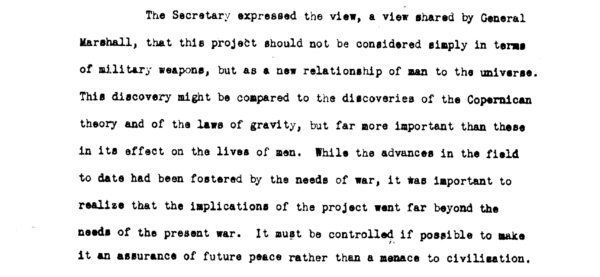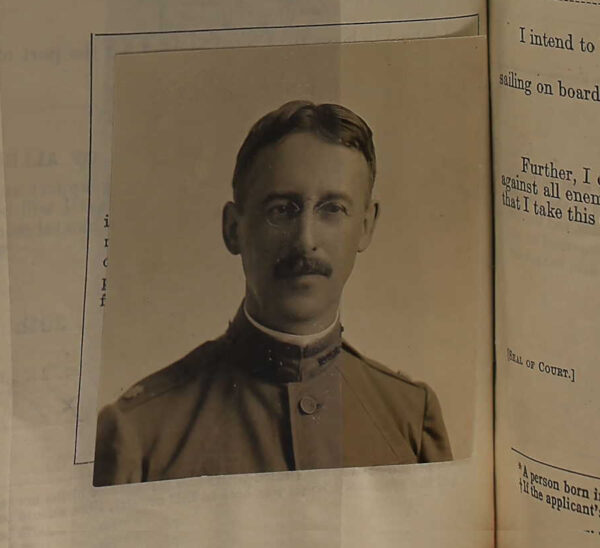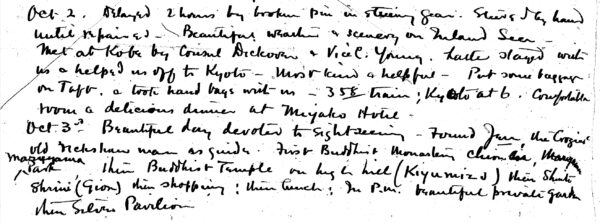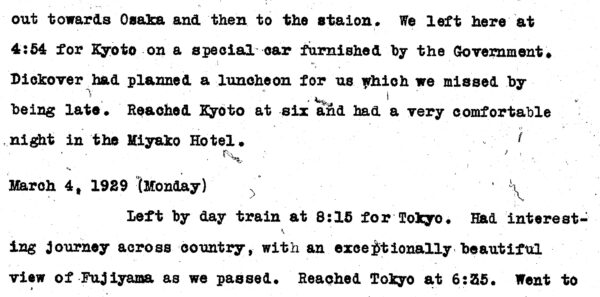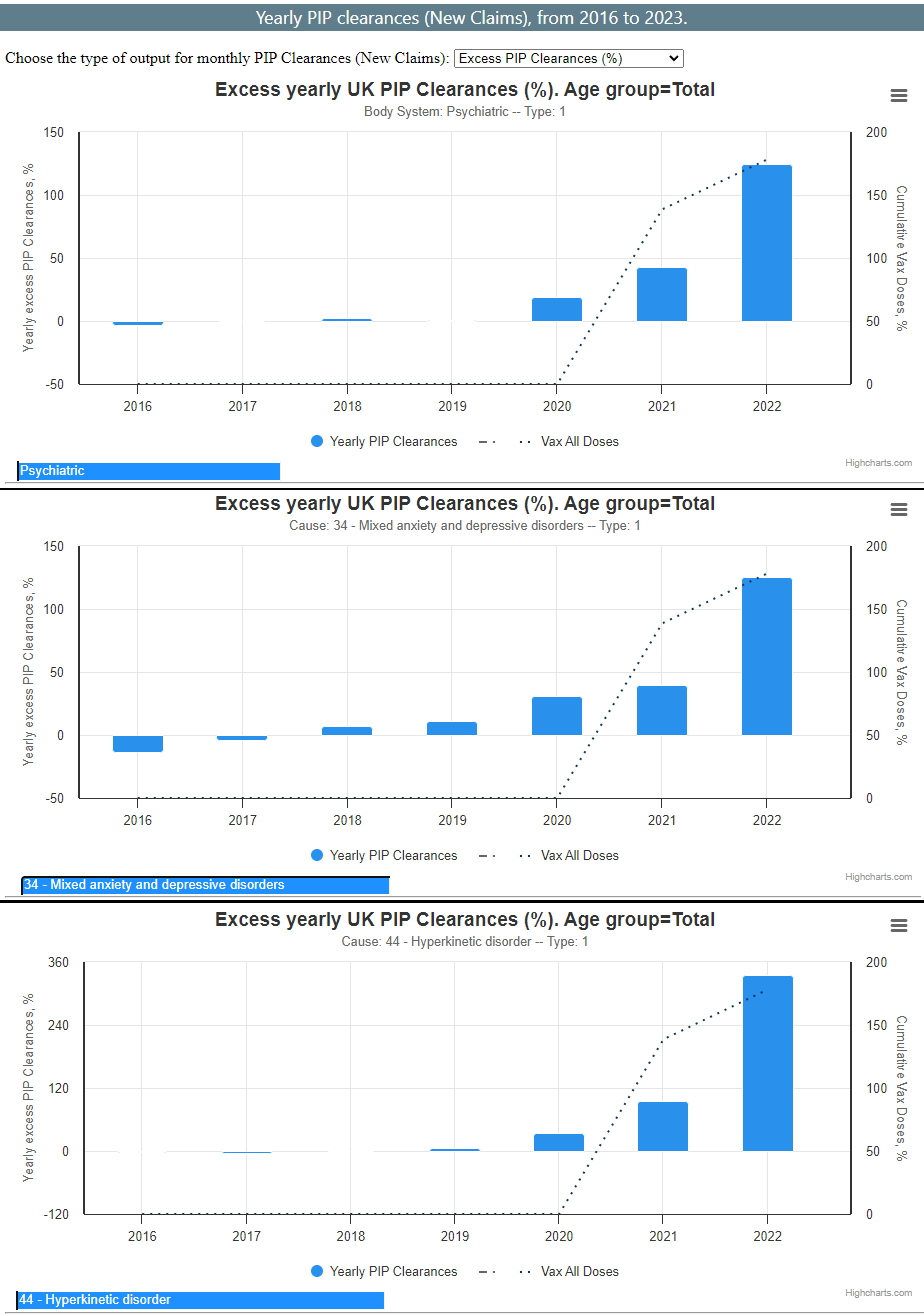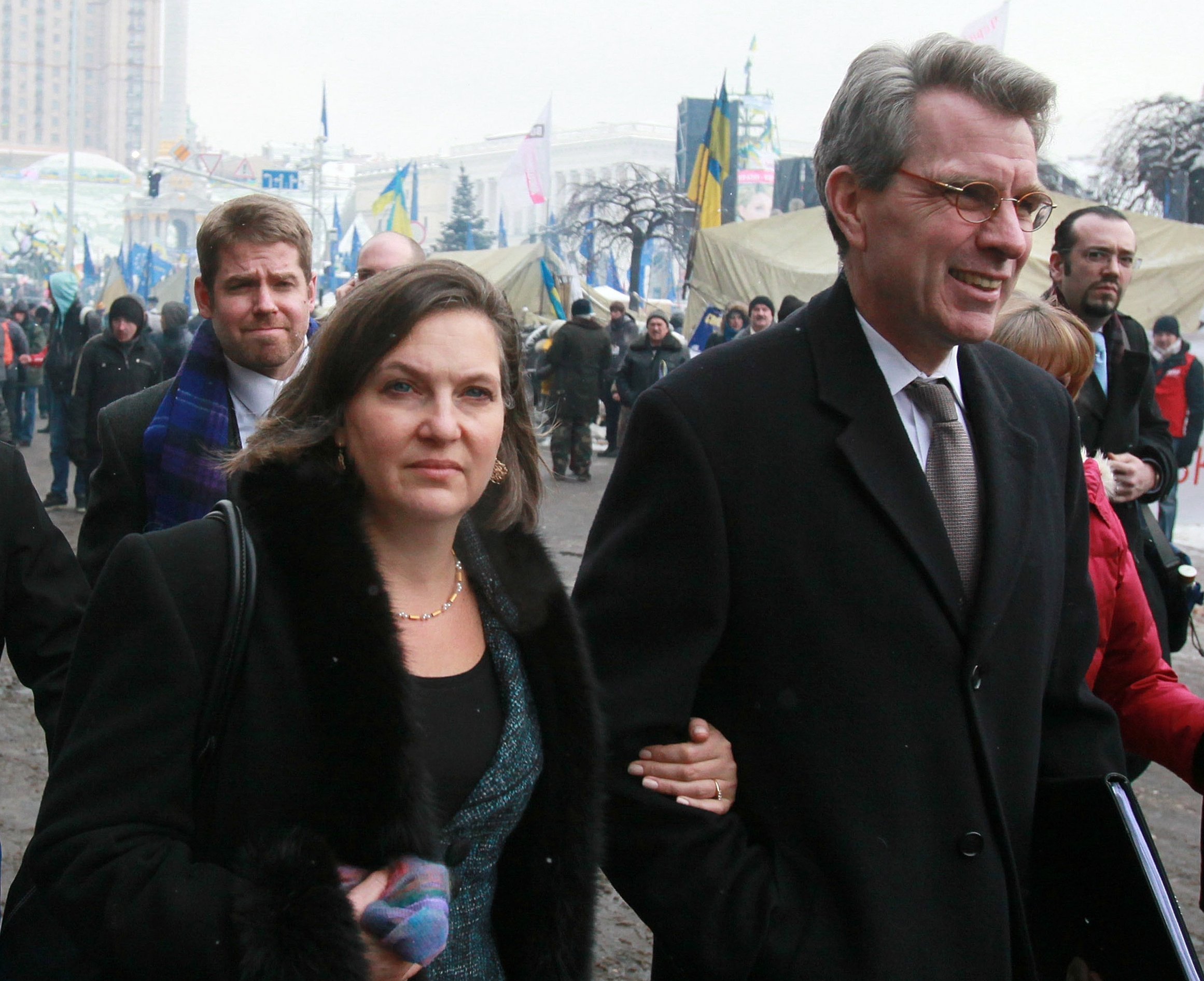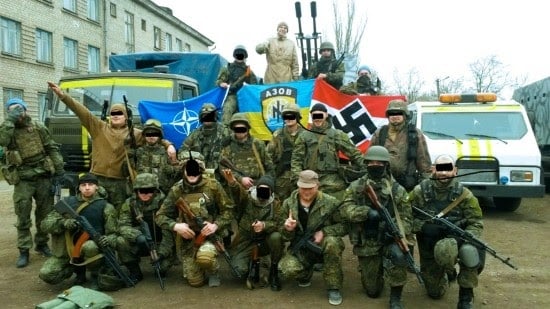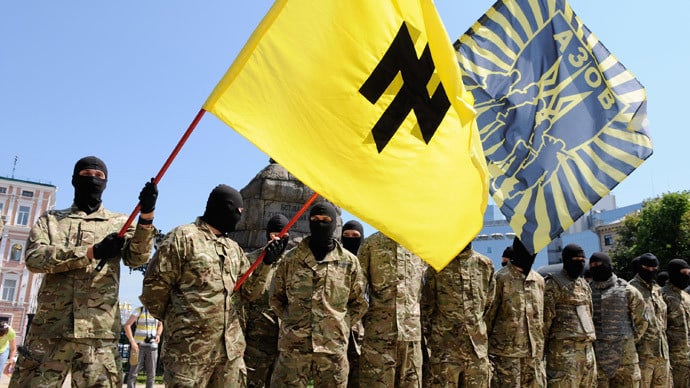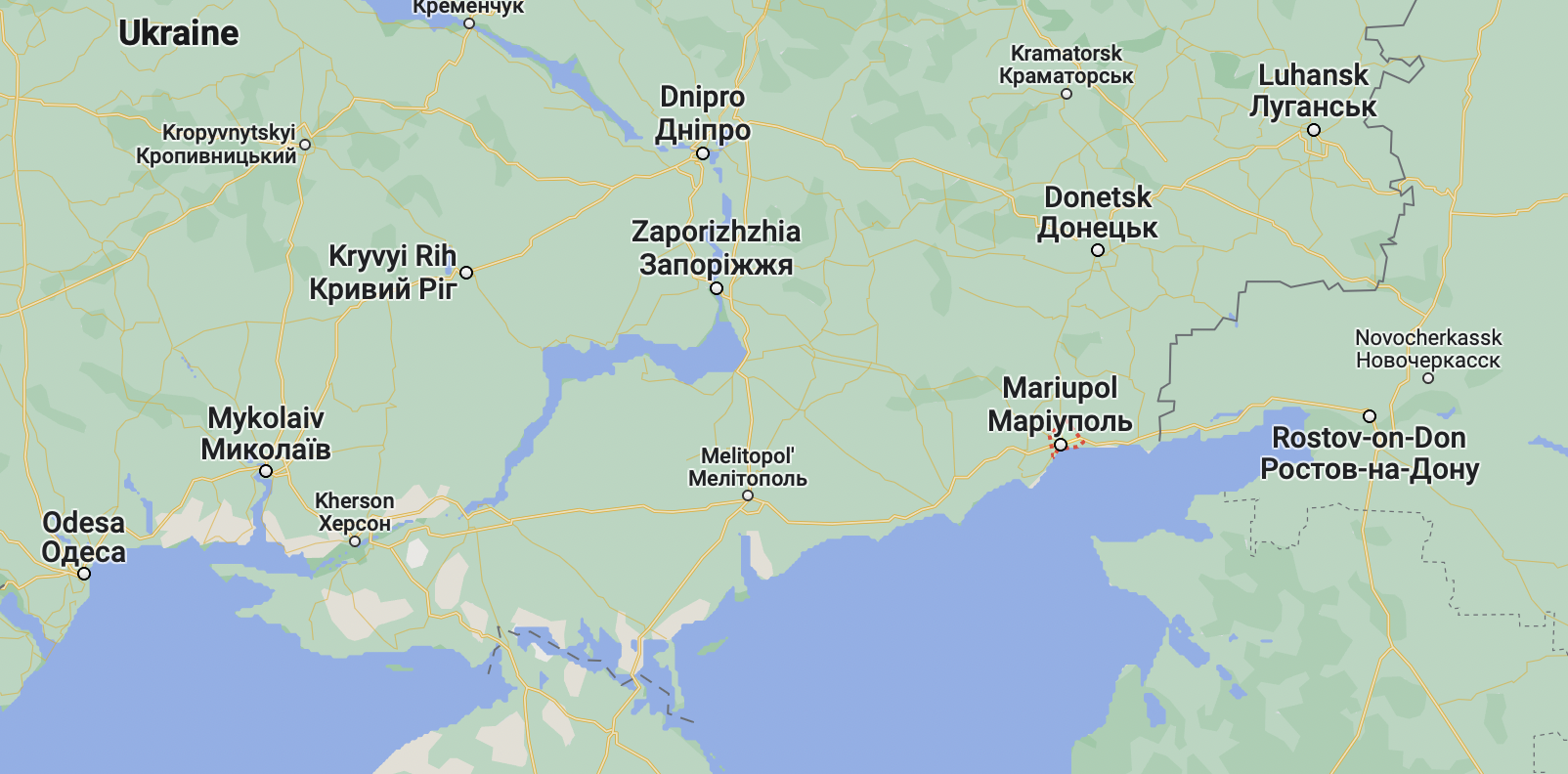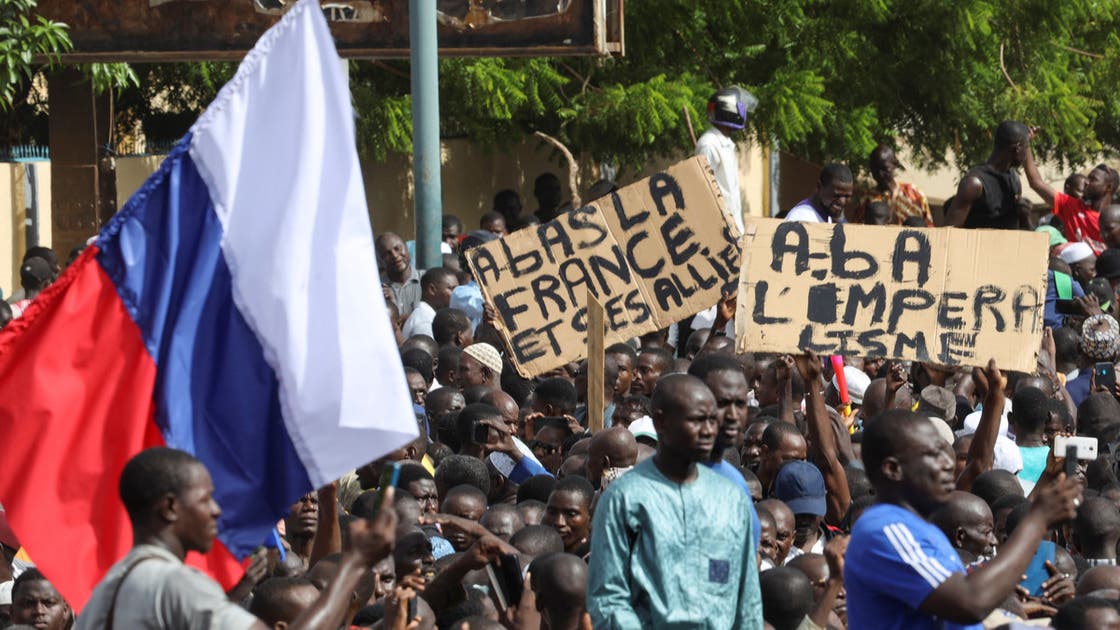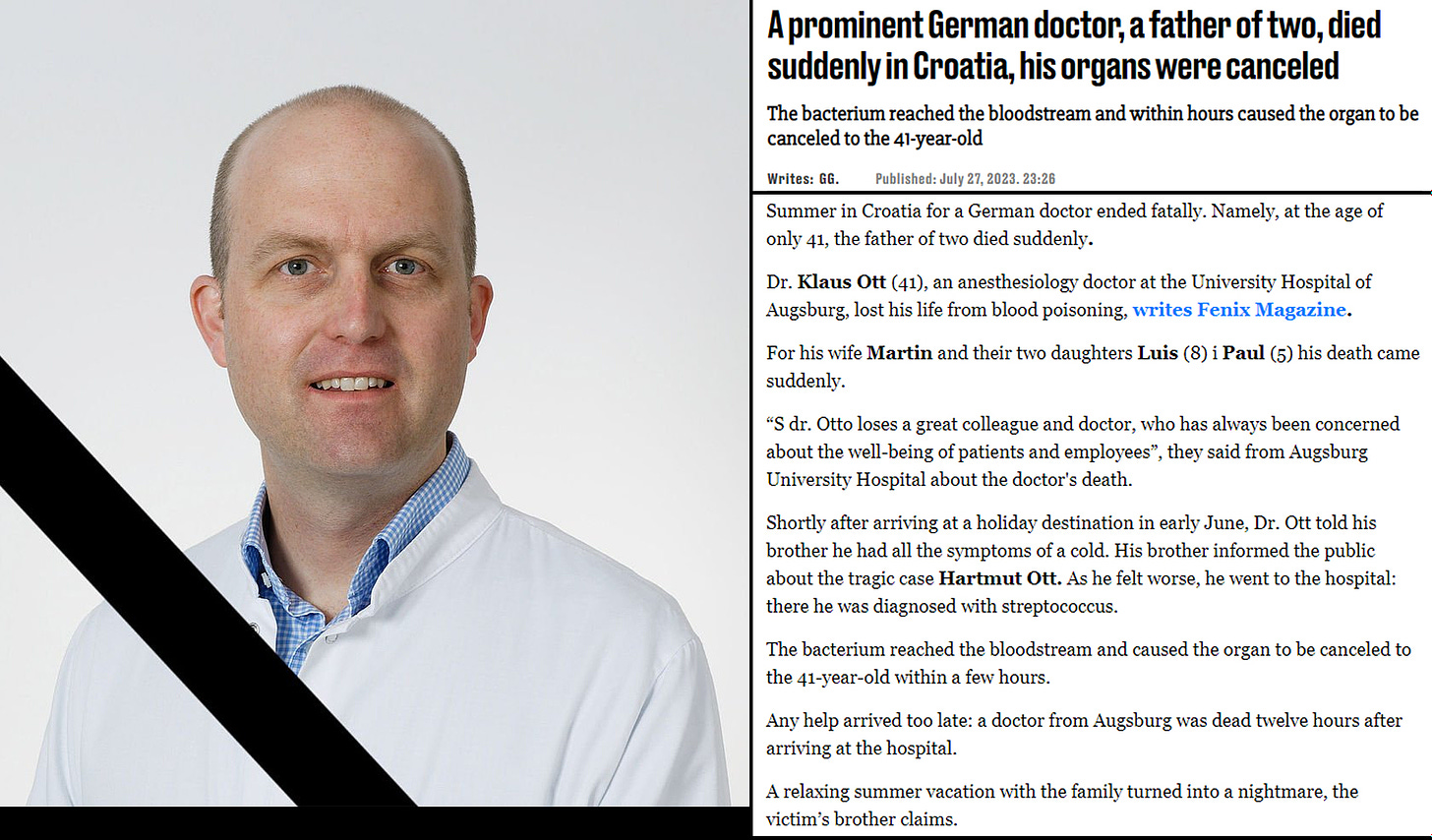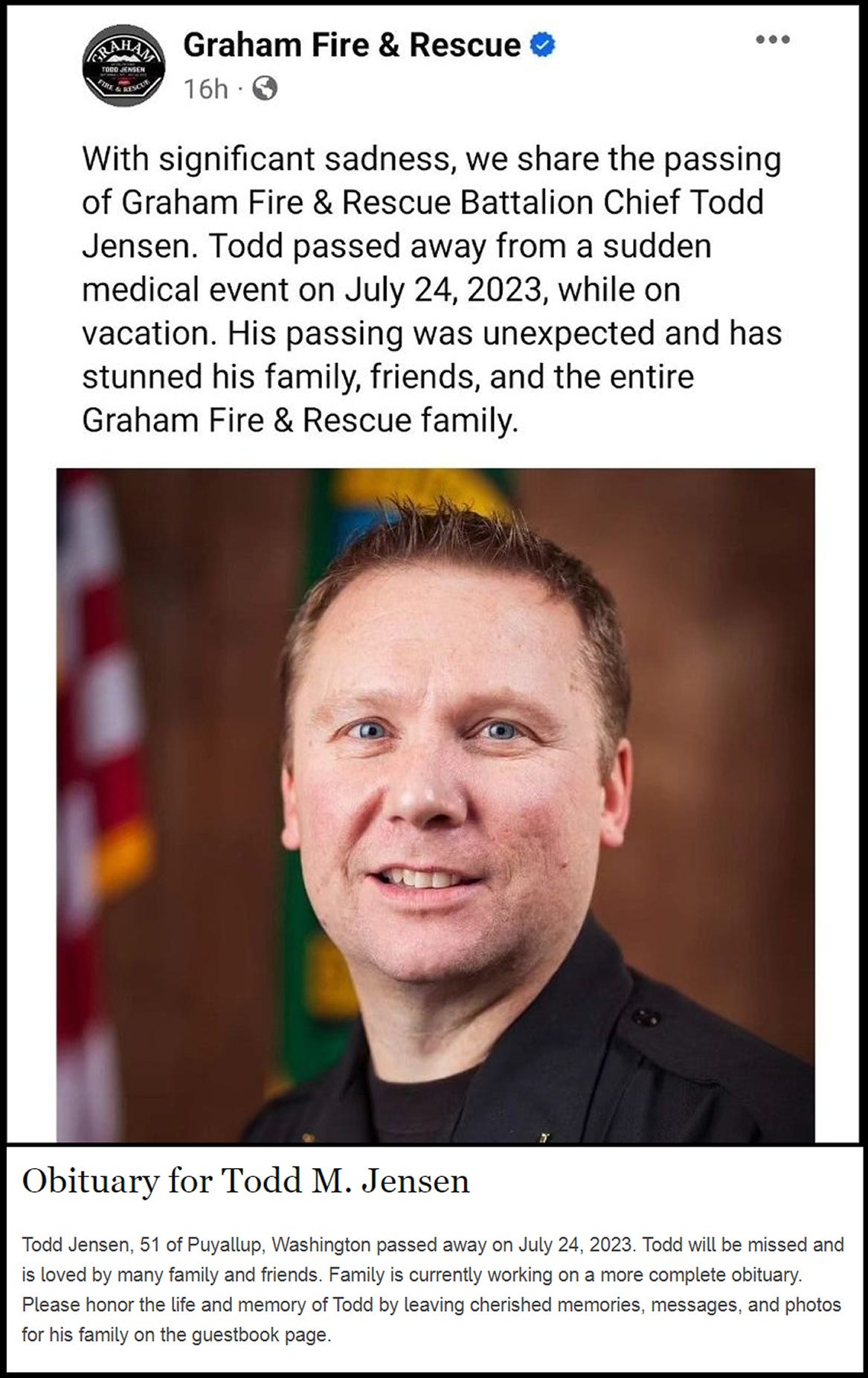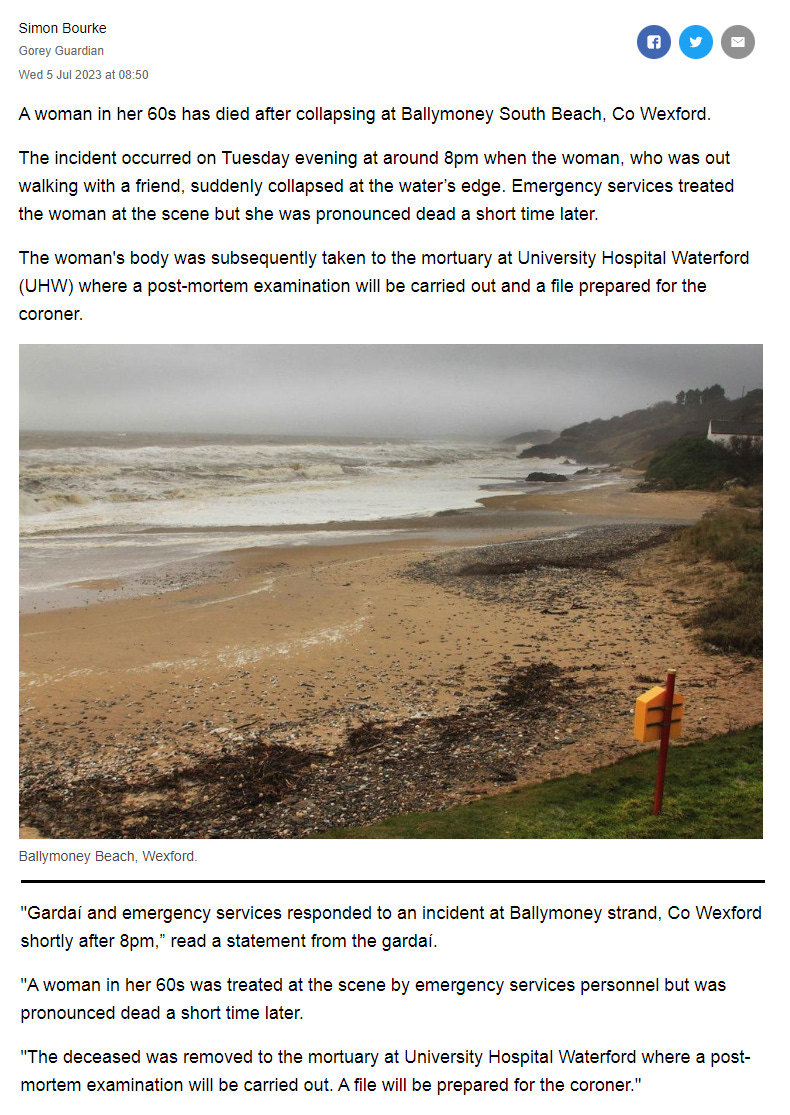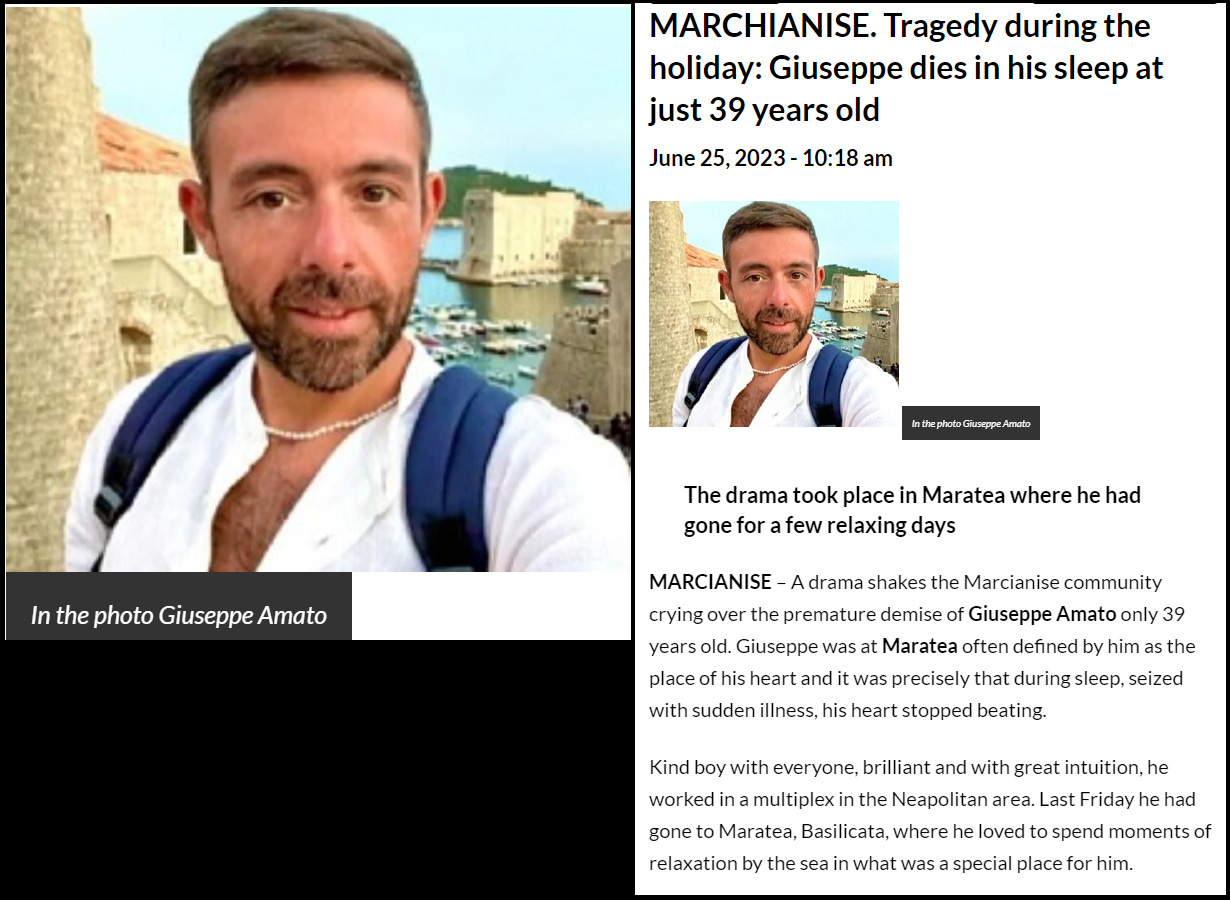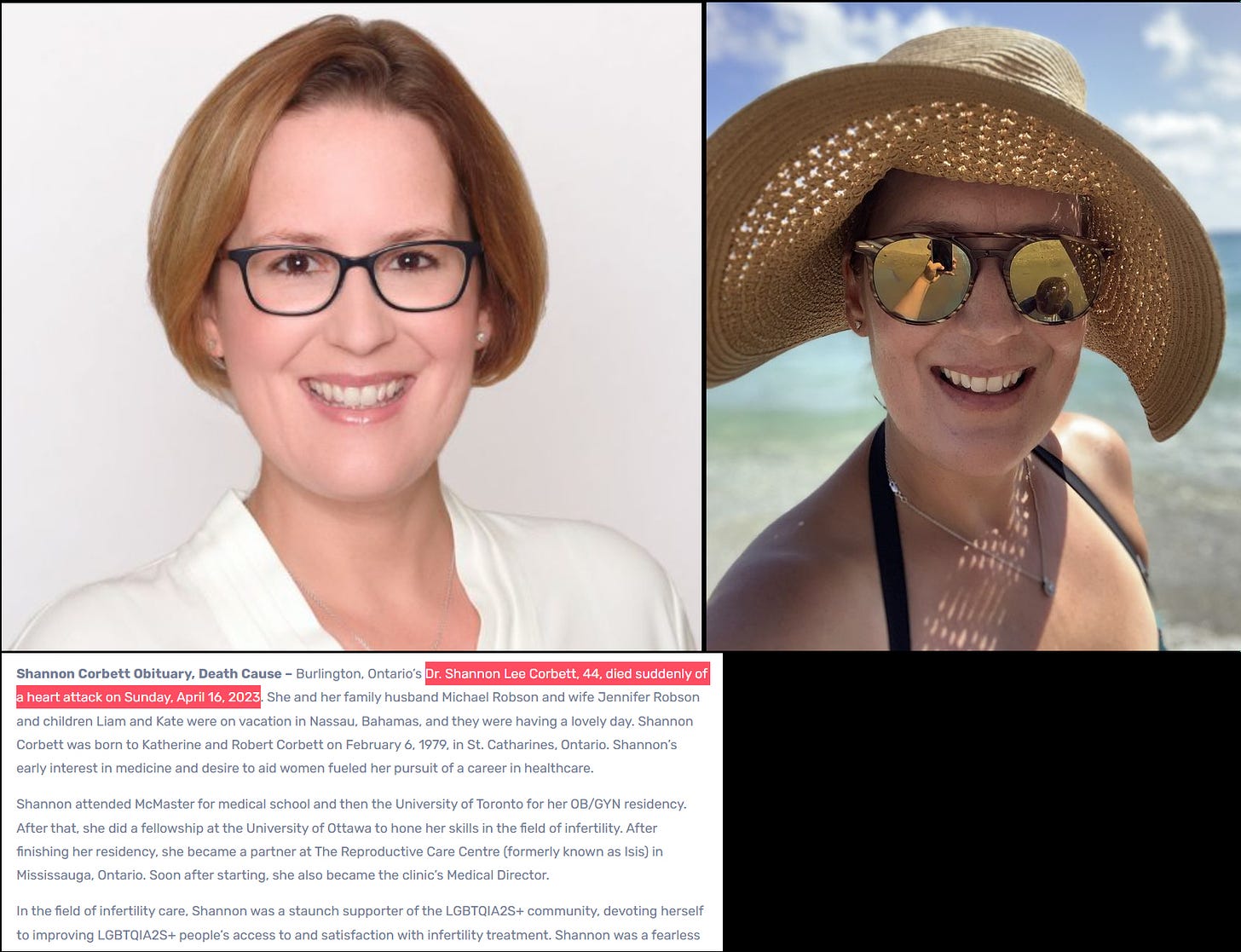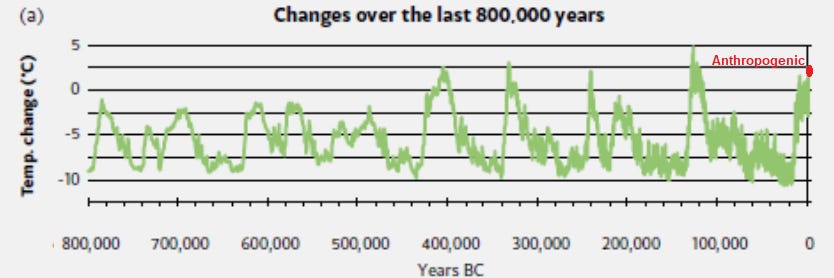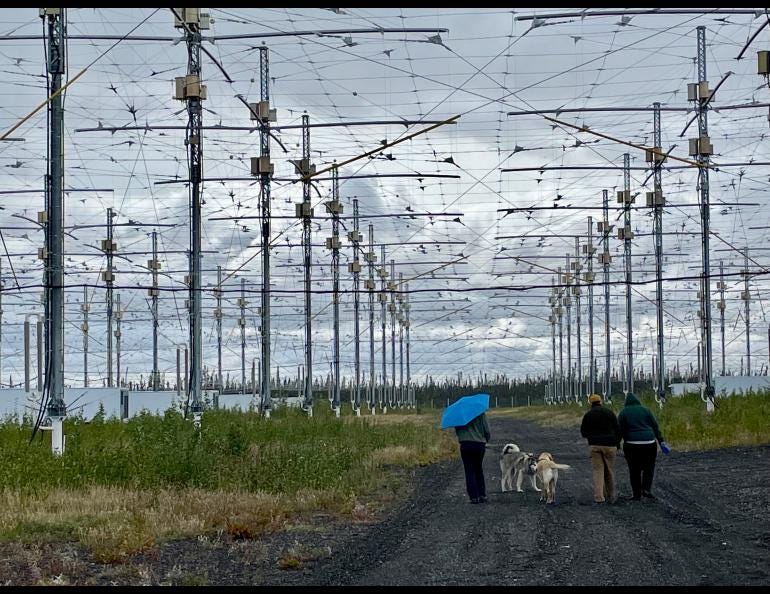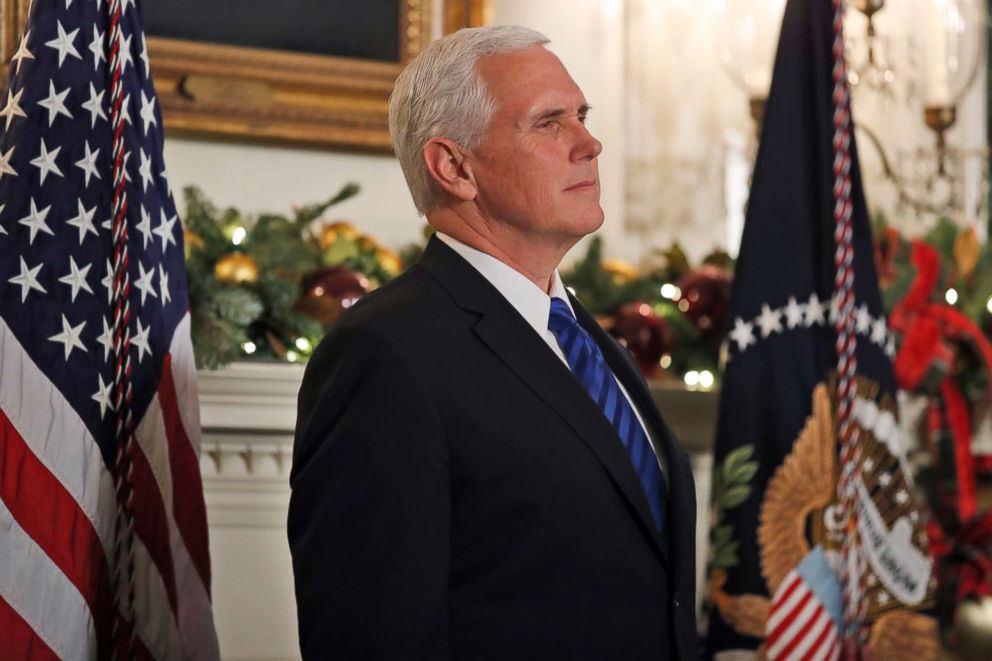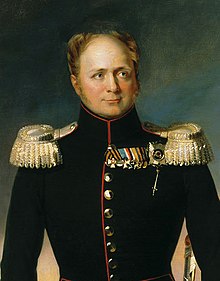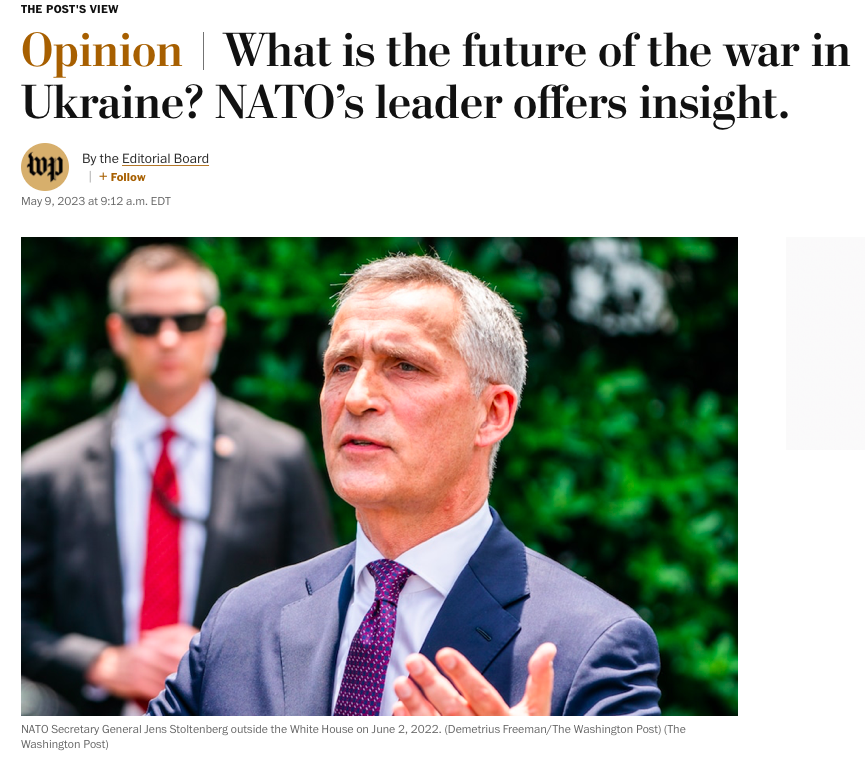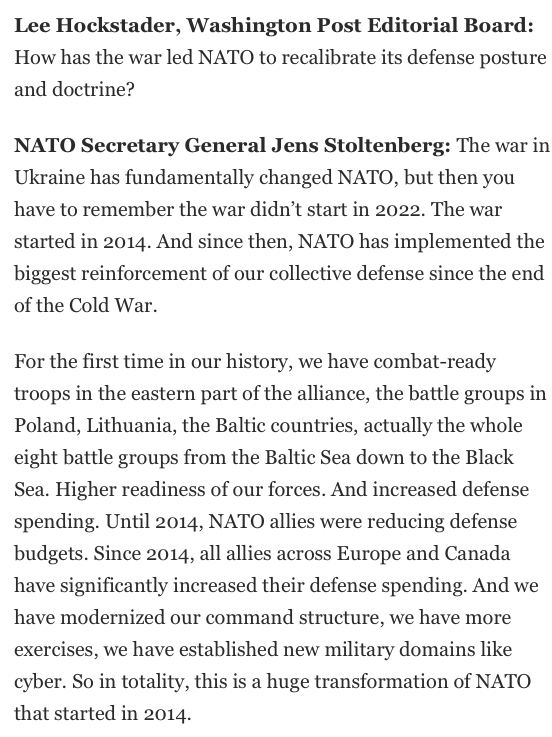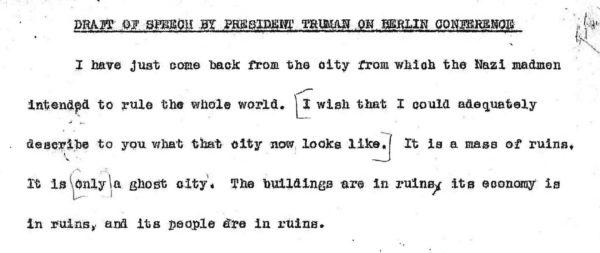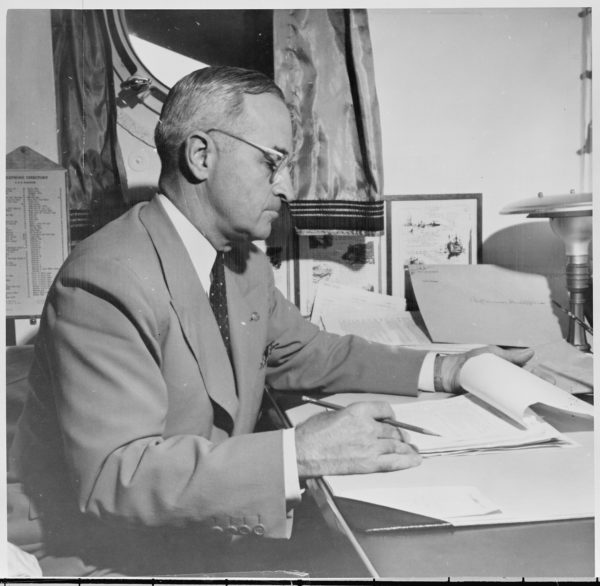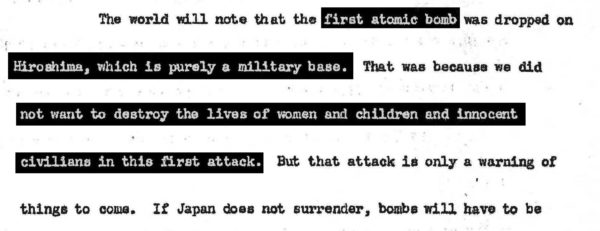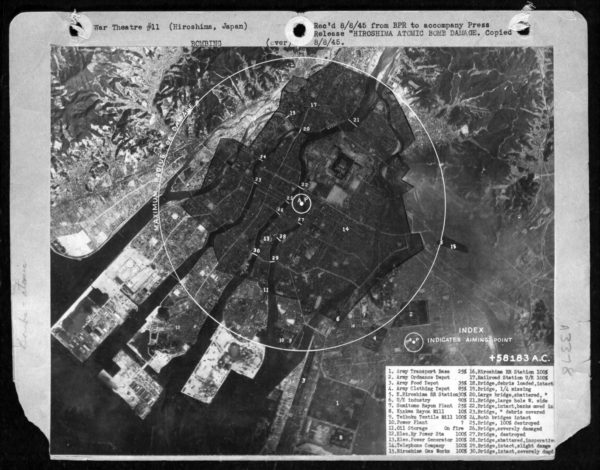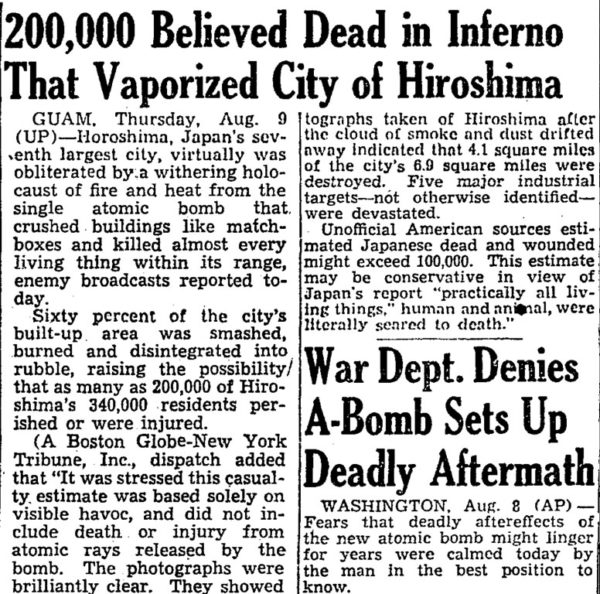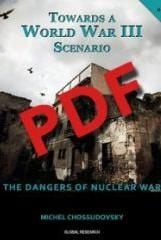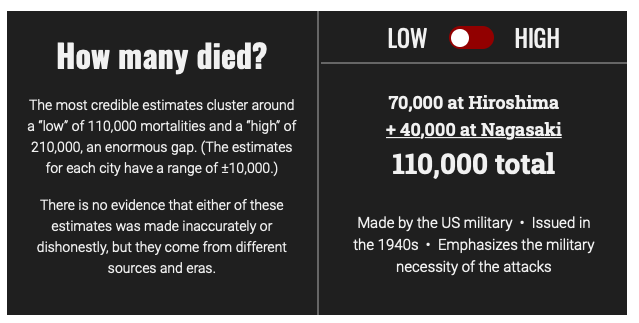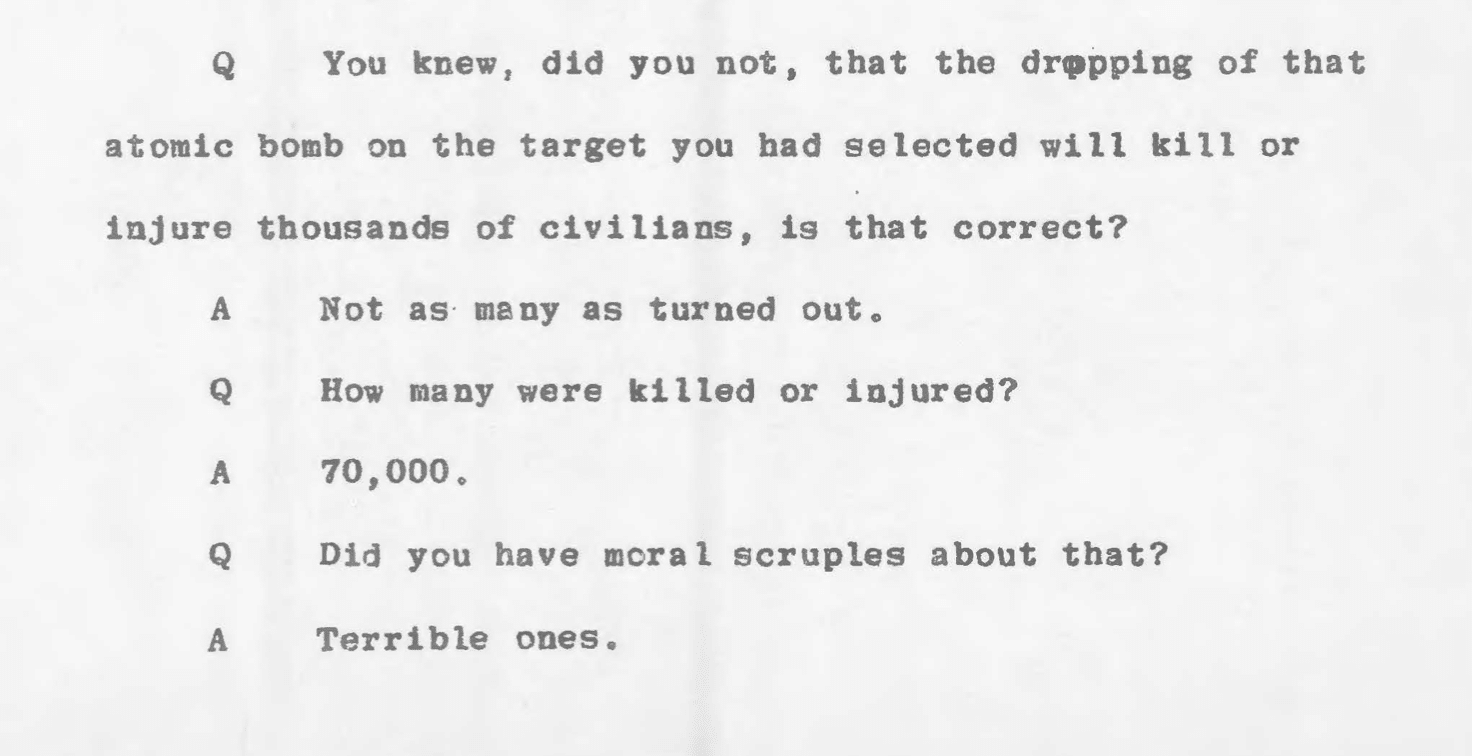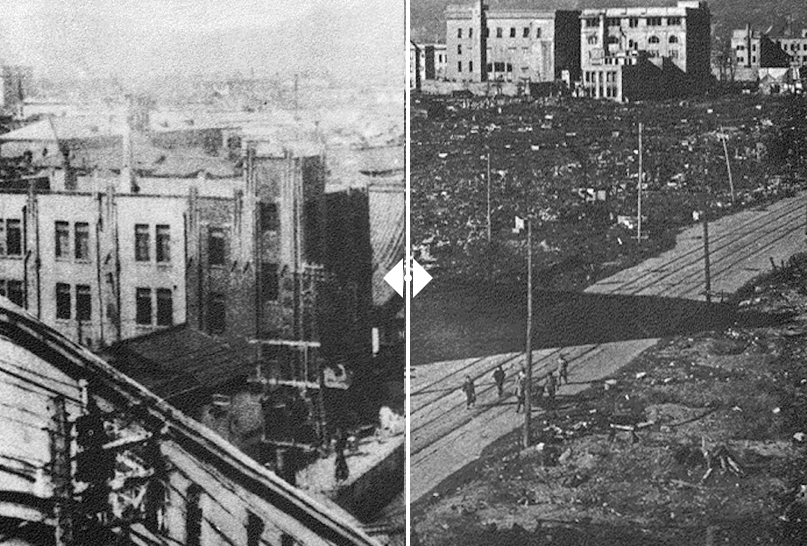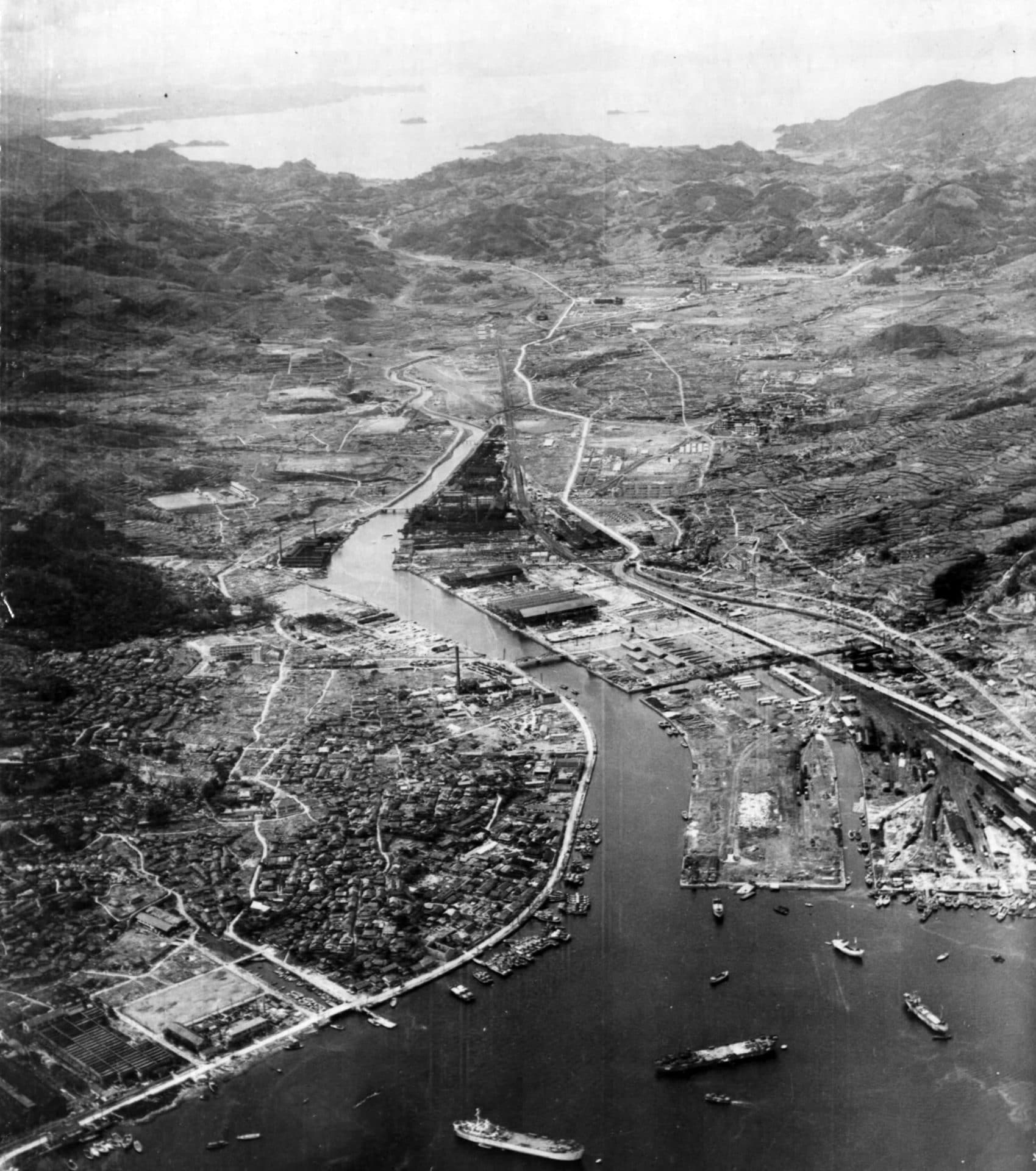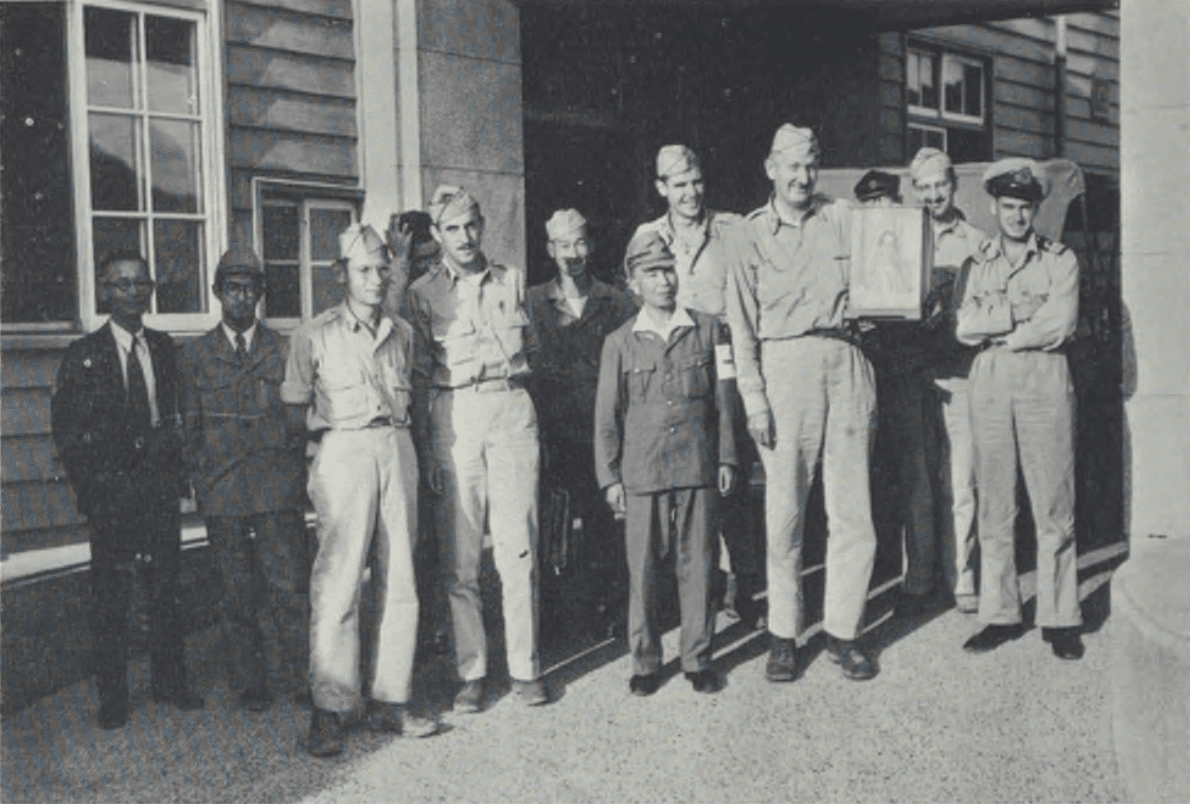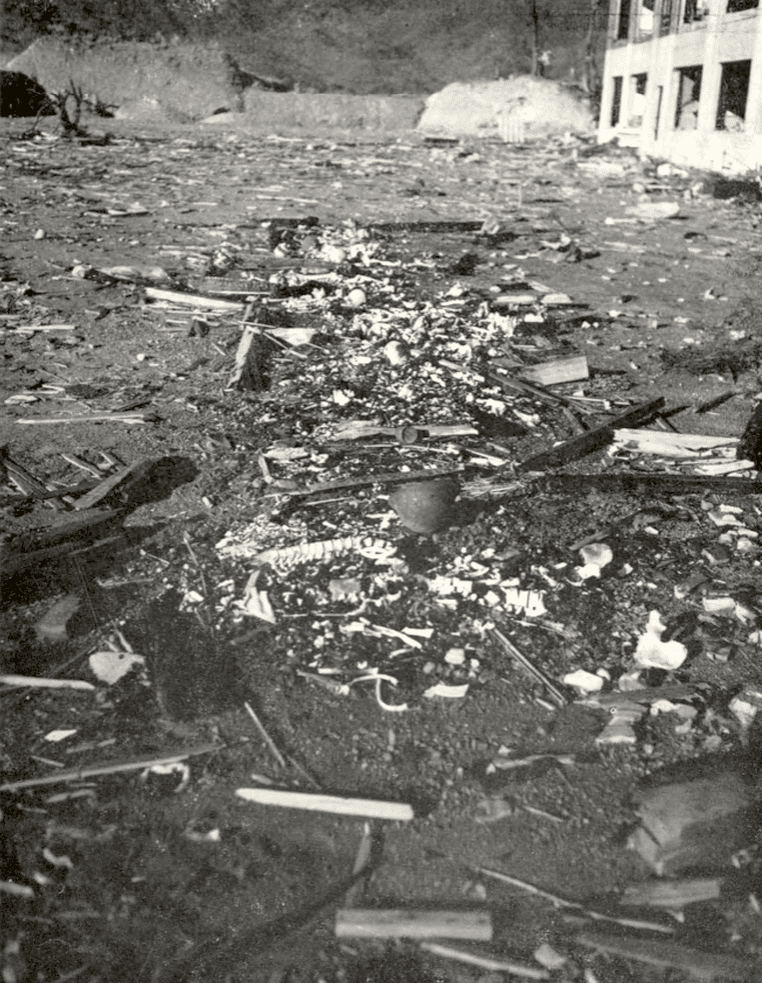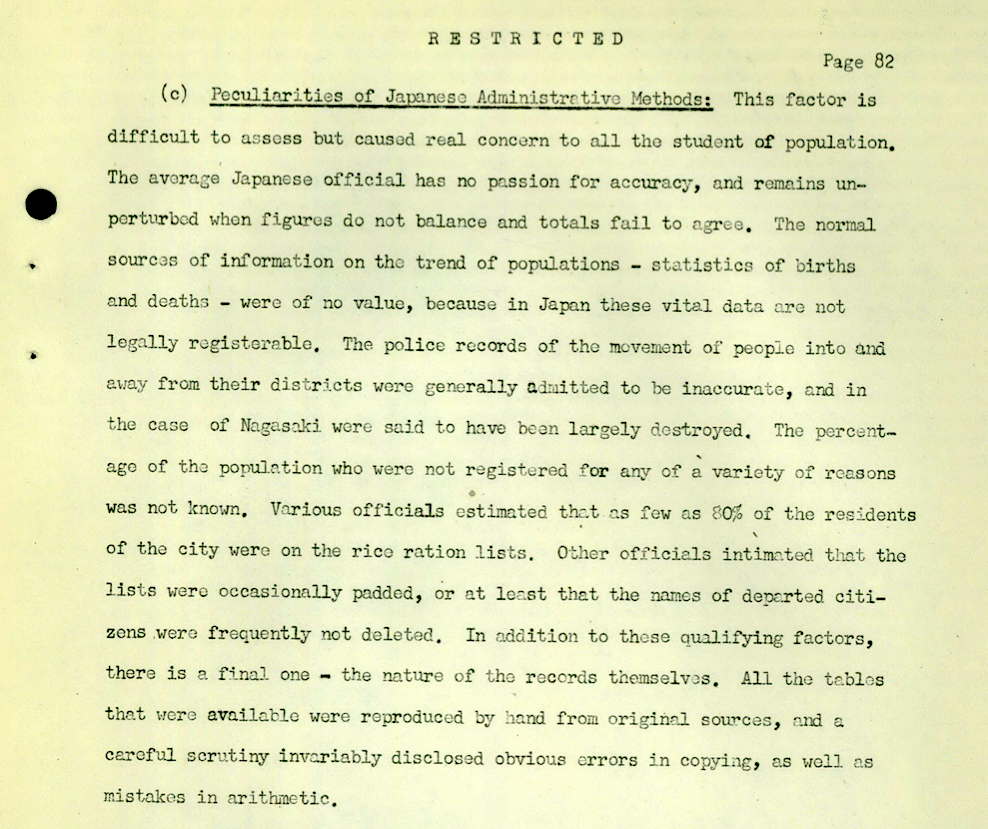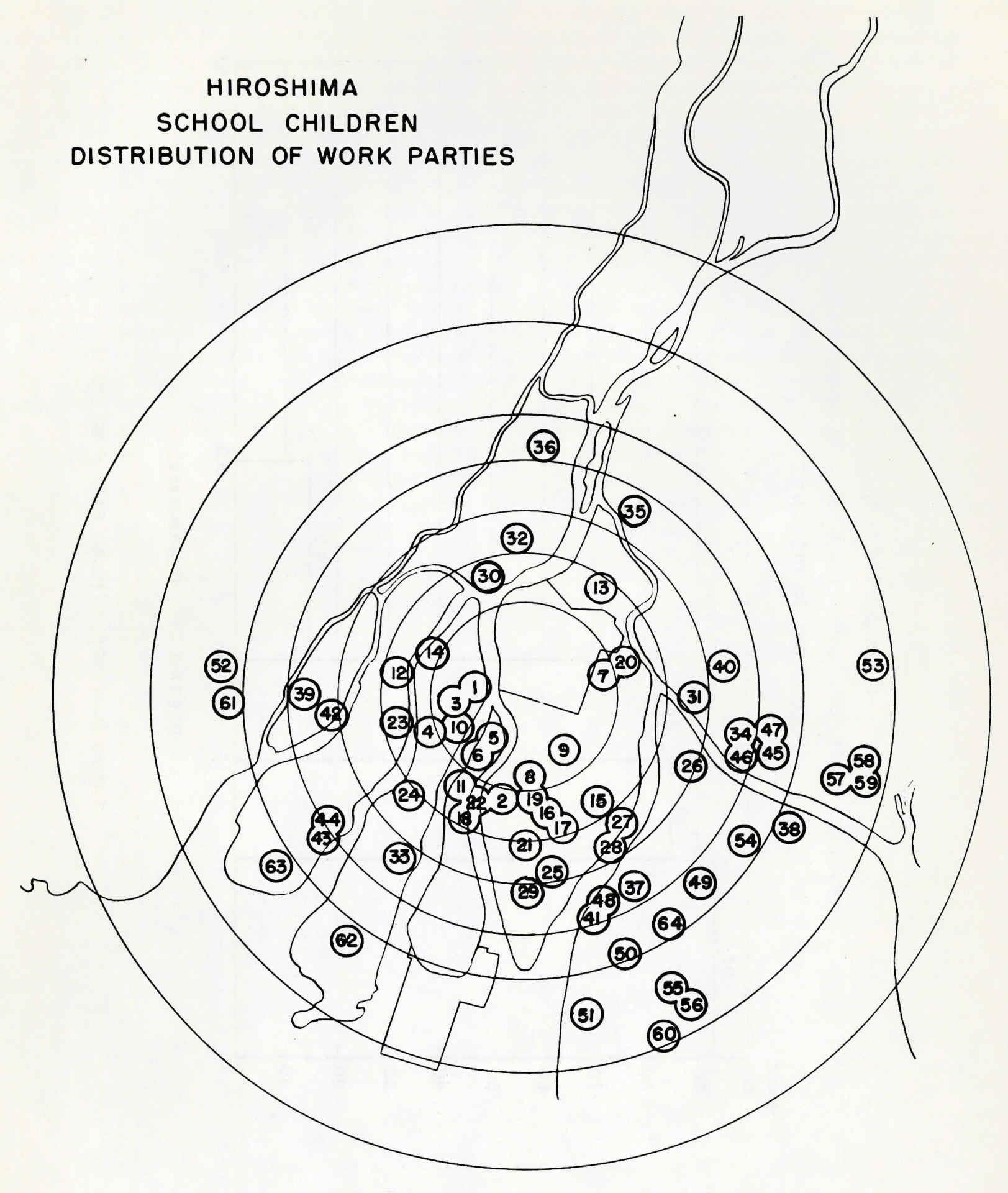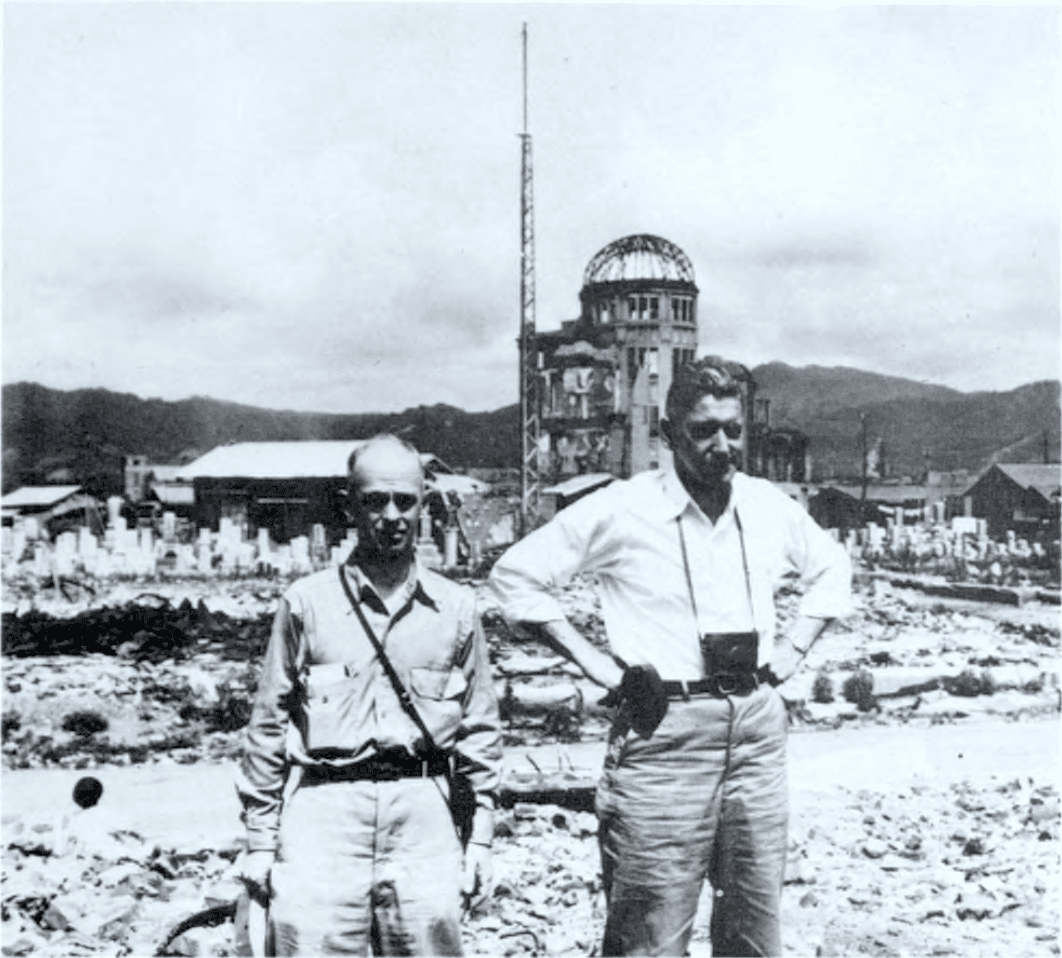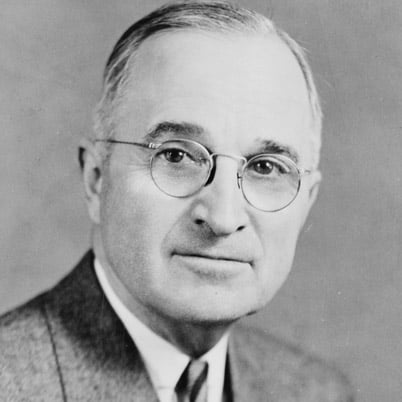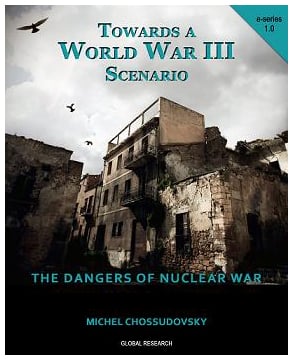Feminism and the Historical Struggle for Gender Equality
August 10th, 2023 by Dr. Vladislav B. Sotirović
All Global Research articles can be read in 51 languages by activating the Translate Website button below the author’s name.
To receive Global Research’s Daily Newsletter (selected articles), click here.
Click the share button above to email/forward this article to your friends and colleagues. Follow us on Instagram and Twitter and subscribe to our Telegram Channel. Feel free to repost and share widely Global Research articles.
***
Preface
It is important to have a short look at the history of this battle for more women’s rights. That is why I will shortly explain the ideology and social movement of Feminism, the factor which has driven women in their battle for equal chances and respect. Finally, I will come to my main topic which is the specific problems with which women have to deal concerning politics in Western democracies of (post)industrialized societies.[i] For instance, the question is: What is the representation of women in Western politics today? It would be taken a look at their representation in the Parliaments, and in which number they are able to occupy some key political positions. It will be discussed some evolutions and also the difficulties they still have to deal with because of their gender belonging. The crucial examples are coming from the European Union (the EU) and its Member States. Consequently, it is also important to try to propose some solutions to the issue of female representation in the Parliaments, for instance. Here, I will present the EU’s policy towards this issue as an example to try to answer two questions: Is a policy of active interference positive or not? What is about quota policy?
Feminism
Feminism can be seen as an ideology and a social movement that historically has been concerned with the unequal status of women (Steans, 2006, pp. 7-8).
In history, there were three big waves of feminism as a social movement; the first one is situated in the nineteenth and early twentieth centuries and refers mainly to women’s suffrage movements which were political and mainly concerned with women’s right to vote. The second wave is situated in the 1960s and refers to the ideas and actions associated with the women’s liberation movement which campaigned for legal and social equality for women. The third wave is situated at the beginning of the 1990s and still goes on. This wave refers to a continuation of, and a reaction to the perceived failures of second-wave feminism (Krolokke & Soronsen, 2005, pp. 24).
Furthermore, feminism can be seen as an ideology with different writings and investigations on the unequal status of women. In the 1920s and 1930s social science began to investigate gender[ii]. There was a main focus on sex roles investigation and while social scientists did not see sex and gender as synonymous, they believed that they were closely connected. They claimed that the particular characteristics of men and women led to the performances of particular social roles. The prevailing sexual division of labor reflected the close correspondence between gender traits and sex roles. Gender was thus held to be, if not immutable and natural, then at least relatively stable and fixed and, moreover, socially useful. It was even possible to speak about deviancy in relation to those people who were held to be insufficiently ‘masculine’ or ‘feminine’ and who could not be accommodated within this schema.
In the 1960s there was an upraise of feminist analyses which claimed that sex roles were assigned by society and male-identifying roles were frequently seen to be more important and deserving of greater social rewards than female-orientated roles. The theories that explained women’s particular status in terms of either their ‘natural’ or ‘essential’ characteristics were ideological, serving to legitimize an unjust social order that valued men and the ‘masculine’ more highly than women and the ‘feminine’.
On the basis of this analysis, feminists argued that the route to sexual equality and women’s liberation lay in challenging conventional sex roles. This was not an easy task as sex roles were deeply entrenched in a complex system of stereotyping, supported by a whole range of social institutions and practices and the state as a patriarchal power (Steans, 2006, pp. 8-10).
The feminist movement has given rise to a large body of theory that attempts to explain gender inequalities and set forth agendas for overcoming those inequalities. While feminist writers are all concerned with women’s unequal position in society, their explanations for it vary substantially. Competing schools of feminism have sought to explain gender inequalities through a variety of deeply embedded social processes, such as sexism, patriarchy, capitalism, and racism (Giddens, 2004, pp. 114).
An example of a feminist school is liberal feminism, which focuses on inequalities in social and cultural attitudes and independent deprivations from which women suffer, such as sexism, unequal payment, and the ‘glass ceiling’. Liberal feminists do not focus on gender study though and they do not deal with the root causes of gender inequality and do not acknowledge the systemic nature of women’s oppression in society, unlike radical feminists. Radical feminists believe that men are responsible for and benefit from the exploitation of women and belief the world system is a patriarchal one. Radical feminists do not believe that women can be liberated from sexual oppression through reforms or gradual change. Because patriarchy is a systemic phenomenon, they argue, gender equality can only be attained by overthrowing the patriarchal order. (Giddens, 2004, pp. 114-115).
There are many other feminist schools that are worth taking a look at, to mention a few others there is also black feminism, critical feminism, Marxist feminism, poststructuralist feminism, and postcolonial feminism. To discuss all is very interesting but then, I would not have the time left to discuss my main point of focus; the influence of gender in politics.
Politics and Gender
In most political systems, women are vastly underrepresented. Throughout the world, women face obstacles for their participation in politics. These barriers exist in prevailing social and economic systems, as well as in existing political structures. It is not the case that women are not represented, rather than that, they do not have the share of political power that would be expected given free and equal access. In other words, there is a democratic deficit (European Commission).
In 2007, the rate of female representation at the national level stands at merely 18 percent globally. Although this figure has increased in recent years, minimal progress has been made, meaning that the ideal of parity between men and women in national legislatures remains distant (IDEA).
Moreover, there are also very few women in ‘high politics’ (or key positions in politics). The achievements of some female individuals like I. Gandhi, G. Meir, B. Bhutto, and M. Thatcher, remarkable as they are, mask a considerable imbalance in the number of women who have political power (Clements & Spinks, 2006, pp. 82-83). The question can be asked if this is a consequence of discriminatory practices based on the belief that women are not ‘up’ for the job (Steans, 2006, pp. 28), a belief that is a consequence of traditions and stereotypes.
Some factors which make it hard for women to rise to the top levels of industry and commerce operate with even more vigor in politics. This includes firstly, the enormous drain on an individual’s time if they are to rise to the key political functions. Far fewer women, particularly if they choose to have children (and then become locked into a childcare role), are able to devote the time it takes to reach the top positions. Research made clear that childcare and housework are very unequally shared with the women taking on most of the burden. Secondly, the alleged operation of the ‘old boys’ network in the selection of key positions. Even where the policy is one of promotion to key jobs on merit alone, there are far fewer suitable qualified women (in terms of experience) to choose from. This is largely because access to such suitable qualified previous positions is not there for them in the first place. Thirdly, men also set the very standards by which women will be judged when they apply for senior positions, and these may discriminate against women because they are based on male assumptions of a ‘woman’s place’. Fourthly, political power might well represent the ultimate ability to influence things. Are men especially reluctant to loosen their grip on this? (Clements & Spinks, 2006, pp. 83, 85-87).
Women have certainly boosted their presence in European governments, thanks in part to electoral quotas, but are still under-represented despite high-profile exceptions like Angela Merkel and Margaret Thatcher. According to a study by the commission, the European Union’s executive arm, even if there are increasing numbers of women candidates their male counterparts still have a better chance of getting elected due to ingrained prejudices and customs.
‘It’s wrong to blame women voters. The main problem is that male voters vote for male candidates, argues Drude Dahlerup, a professor in the Department of Political Science at Stockholm University. ’We are changing from the idea that equality will come by itself. Today we realize this is not the way things work, added Dahlerup, who has researched gender quota systems (European Commission).
The proportion of female members of national parliaments (single/lower house) across the EU has risen by around half over the last decade, from 16% in 1997 to 24% in 2008. Sweden, the Netherlands, and Finland are the only EU countries with more than 40% women in parliament, the majority (17) of the EU Member States still have less than 25% women Members of Parliament.
The European Parliament is just above the national parliament’s figure with 31% women and 69% men. This is a better balance than in national parliaments[iii] but progress towards gender equality has stagnated and there has been little change since the 1999 elections, the representation of women remains more or less static. The 2009 elections represent an opportunity to take the next step forwards. On average, men outnumber women among ministers in national governments by around three to one (25% women, 75% men) (European Commission).
While the last few years have seen a general increase in the number of women in decision-making positions in Europe, women remain very much in the minority in the political (and economic) spheres. In parliaments, governments, and ministries and in the private sector too, power is still firmly in men’s hands. The EU sees equality between women and men as a fundamental right. The Commission that handles the subject of gender equality is the ‘European Commission for Employment, Social Affairs, and Equal Opportunities’. The EU is committed to promoting gender equality in decision-making positions, raising awareness of the gender gap in this area, and taking action to improve the situation. That is why the Commission’s ‘Roadmap for Equality between Women and Men 2006-2010’ lists equal participation of women and men in decision-making as one of its priorities. Thus, the Roadmap is the basis for action towards gender inequality in the EU in which the participation of women in decision-making is a part.
The Commission has made an investigation around this issue and has come to some general facts which are worthwhile to take a look at.
A balanced choice of candidates for election ought to result in equality amongst elected representatives. Data from across Europe show that in general more women candidates result in more women being elected but that men still have a better chance of being elected. Extrapolation of results from the most recent national elections across Europe implies that, on average, an election with 50% women candidates would result in a parliament with just 39% women members or, putting it another way, there would need to be 63% women candidates to achieve parity in the final assembly.
Positive action in the form of electoral gender quotas can help bring about rapid change but they are not a guarantee of success. The way in which political parties allocate candidates to winnable seats or distribute them on lists has a significant part to play in the limited success to date in electing more women from the available candidates. Some types of electoral systems are more open to promoting favored candidates than others and the result is that women candidates are too often left with a low chance of being elected. The re-election of incumbents severely restricts the rate of member turnover at each election. Estimates suggest that, on average, around two-thirds of members are reelected on each occasion meaning that there are limited opportunities for new faces and, therefore, for change in the gender balance. At the last European elections in 2004 around two-thirds of the candidates were men and just one-third women. If the 2009 elections are to bring about any real progress in terms of gender equality then more women candidates need to be found. Although many voters indicate that they would like to see more women in elected positions, there is no strong evidence to suggest that people actually vote on the basis of gender (so it is wrong to think that people that want more women in politics, also in practice vote on the basis of gender).
Possible solutions
It is a mistake to think that the problem of the underrepresentation of women in parliaments, governments, and high politics will solve itself. The problem is a direct consequence of the gender inequality problem, which is very complex and has a lot of causes that are deeply rooted in society and its people. Therefore there is a need for a concrete policy on this issue.
In the EU document ‘Women in European Politics – time for Action (2009)’, of the European Commission certain methods of closing the representation gap are evaluated.
Quotas
The introduction of gender quotas, whether legislative or voluntary, can help to speed up change but they are not without controversy –some would argue that such affirmative actions contradict the principles of equal opportunity– and they are also not always the quick fix they might appear to be. Quotas can quickly boost the number of women candidates but do not guarantee that these women are positioned fairly on candidate lists or in electoral districts where they have a reasonable chance of being elected. Further action may therefore be necessary to ensure a coincident increase in the number of women, actually, elected.
In Slovenia, the elections held at the end of September were the first to be held at a national level since the 2006 National Assembly Elections Act, which imposes a quota for candidates by gender (minimum 25% in the transitional period, 35% thereafter). The quota was well respected with women accounting for more than one-third of the candidates but the final result saw just one more woman elected compared to the previous, pre-quota, parliament, and an overall membership of just 13% women and 87% men. Interestingly, the 2007 elections in Belgium (49% candidates; 37% elected) and the 2008 elections in Spain (47% candidates, 36% elected) both gave results very close to the projected result with 50% women candidates. However, there are of course exceptions on either side of the trend – the most recent elections in Slovenia, France, and Romania all saw far fewer women elected than would be expected from the fairly high shares of candidates, whilst in Germany, the Netherlands, Denmark, Finland, and Sweden more women were elected compared to the general trend and the final results were even ahead of the parity line. Thus, on average, as would be expected, more women candidates generally result in more women being elected but it is striking how far the trend line deviates from parity.
Quotas can help the move towards gender parity but are not a guarantee of success. The first step in promoting female representation must be to promote more women candidates.
Electoral Systems and Political Parties
The most important factors that do prevent quotas from working are the allocation of candidates between electoral districts and/or the position of each candidate on lists (where relevant). All political parties want to win elections and even though many parties promise action on improving the representation of women, the bottom line is that their electoral strategy will always focus on maximizing the number of candidates elected ahead of any other issues.
Quotas are hardest to apply in single-winner systems where each party nominates a single candidate per constituency so that it is not possible to offer individual voters any choice by gender. Even if an overall quota is applied, the party is still at liberty to allocate candidates between constituencies and put favored candidates into ‘safe’ seats where votes for the party are generally secure. In multiple-winner systems where candidates are selected from party lists, usually by some form of proportional representation, then the order of candidates on the list significantly influences who is elected. In completely closed lists, voters effectively choose only which party they want to support and candidates are elected based on their position in the list and the proportion of votes received by the party. Even in the most open list systems, where voters select individual candidates who are then elected purely on the basis of the total number of votes received, analysis of voter behavior indicates that those near the top of the list have an advantage over those at the bottom. There is a variety of list-based electoral systems and most fall somewhere between the extremes of fully open or fully closed and offer considerable scope to influence who is elected from the full complement of candidates. In short, although quota systems can dramatically improve the gender balance amongst candidates, if they are to succeed in getting more women elected they need to be applied in a way that pays careful regard to the intricacies of the electoral system.
Thus the historical predominance of men and electoral systems combine to restrict the rate at which women are integrated into political life.
Re-election of incumbents
More women candidates usually means more women elected, yet a man has a better chance.
Politics is often a career choice and many incumbents seek re-election. Incumbents are more likely to be (re)elected than new candidates. given a choice of candidates from the same political party, voters tend to choose the well-known ones (usually the incumbents).
Political parties have an important role in determining the composition of elected bodies, to the extent that they can override the effect of quotas. At election time, voters will always tend to support someone that they know, and most of the time that will be the incumbent member. As a result, incumbents seeking re-election will tend to be favored by the party and benefit from any strategy to ensure electoral success for the party.
One solution to the problem of incumbent retention at infrequent elections could be to impose term limits, where elected members are only allowed to be re-elected a fixed number of times, thereby increasing turnover, or even prohibiting immediate re-election, which would immediately bring zero retention and 100% turnover. However, this type of approach can reduce the effectiveness of the legislature by excluding experienced policymakers and is unlikely to be voted in by the current incumbents. Nevertheless, it seems clear that the rate at which women can be integrated into political decision-making will remain slow unless the incumbency problem is addressed. Of course, once there is a good gender balance in an elected assembly then retention of incumbents can help to maintain that balance but this situation has not been reached in many assemblies.
Other measures
Of course, there are also other actions to think of to help solve the problem of unbalanced representation. The recruitment and selection of female candidates by political parties could be made better (more open), policies or action plans with the purpose of stimulating girls to take on political studies, women to make different career choices, and to take the step to political functions, to stimulate the ‘political sector’ to be more open towards women and to adapt itself.
Also, anti-discrimination policies in general could help people to think less about stereotypes and to change their mentality towards women and politics.
In elections also the role of the media is also playing, they could make an effort to increase their focus on female candidates.
Final remarks
We have seen that gender differences can lead to inequality in treatment and chances people get in life, simply based on the fact that they are a woman or a man. However, equality between women and men is a fundamental right. That is why the representation of women in politics requires an active policy to solve this democratic deficit.
However there have been some improvements in the situation, and there is still no equality in chances to be elected or to build out a political career, this is even less so at the very top.
Solutions are very diverse, and cannot stand alone, but need to be interactive. A policy towards this issue has to be full and involve a package of solutions to really be effective.
Further investigation towards the solutions and the effects of the solutions, not only on the representation of women in parliaments but also on their representation in high politics, is necessarily to close the gap of female representation in politics.
*
Note to readers: Please click the share button above. Follow us on Instagram and Twitter and subscribe to our Telegram Channel. Feel free to repost and share widely Global Research articles.
Dr. Vladislav B. Sotirović is a former university professor in Vilnius, Lithuania. He is a Research Fellow at the Center for Geostrategic Studies. He is a regular contributor to Global Research.
Sources
International Institute for Democracy and Electoral Assistance (International IDEA) (2009). Democracy and Gender.http://www.idea.int/gender/
Krolokke, C. & Sorensen, A.S. (2005). Gender Communication Theories and Analyses: From Silence to Performance. Sage.
European Commission (Directorate-General for Employment, Social Affairs and Equal Opportunities) (2009, 23 February). Gender Equality.
http://ec.europa.eu/social/main.jsp?catId=418&langId=en
European Commission (Directorate-General for Employment, Social Affairs and Equal Opportunities) (2008, 2 June). European network set to boost women in power.
http://ec.europa.eu/social/main.jsp?catId=681&langId=en&newsId=133&furtherNews=yes
European Commission (Directorate-General for Employment, Social Affairs and Equal Opportunities) (2009, January). Women in European Politics – Time for Action.
http://ec.europa.eu/employment_social/publications/booklets/equality/pdf/ke8109543_en.pdf
European Commission (Directorate-General for Employment, Social Affairs and Equal Opportunities) (2008, January). Women and Women in decision-making 2007.
http://ec.europa.eu/employment_social/publications/2008/ke8108186_en.pdf
[i] About modernist industrial society, see [Brooker P. at al (eds.), The Oxford Handbook of Modernisms, Oxford‒New York: Oxford University Press, 2016]. About the postmodern societies, see [Malpas S., The Postmodern, London‒New York: Routledge Taylor & Francis Group, 2005]. The term post-modernity usually refers to a fully developed modernity which emerged in the affluent societies of West Europe and of European descent in the 1970s. [Kuper A., Kuper J. (eds.), The Social Science Encyclopedia, Second Edition, London‒New York: Routledge, 1996, 654‒655].
[ii] In the early social sciences, sex differences were largely taken for granted, reflecting the degree to which gender differences where uncontested –or perhaps unnoticed- among male-dominated scholarly communities (Steans, 2006, pp. 8-10).
[iii] The result of women representation may be better in European parliament because the perception of the European Parliament may also affect the selection of candidates and voter behavior. Although the European Parliament deals with a range of issues including environmental protection, consumer rights, equal opportunities, transport, and the free movement of workers, capital, services and goods, all of which have a direct impact on the daily lives of citizens, a recent survey reported that 51% of respondents were not interested in European elections. It may be that this contributes to making it easier for women to be selected as candidates for European elections than for national elections where voters tend to vote for well known individuals – often the established, and mostly male, incumbents (European Commission).
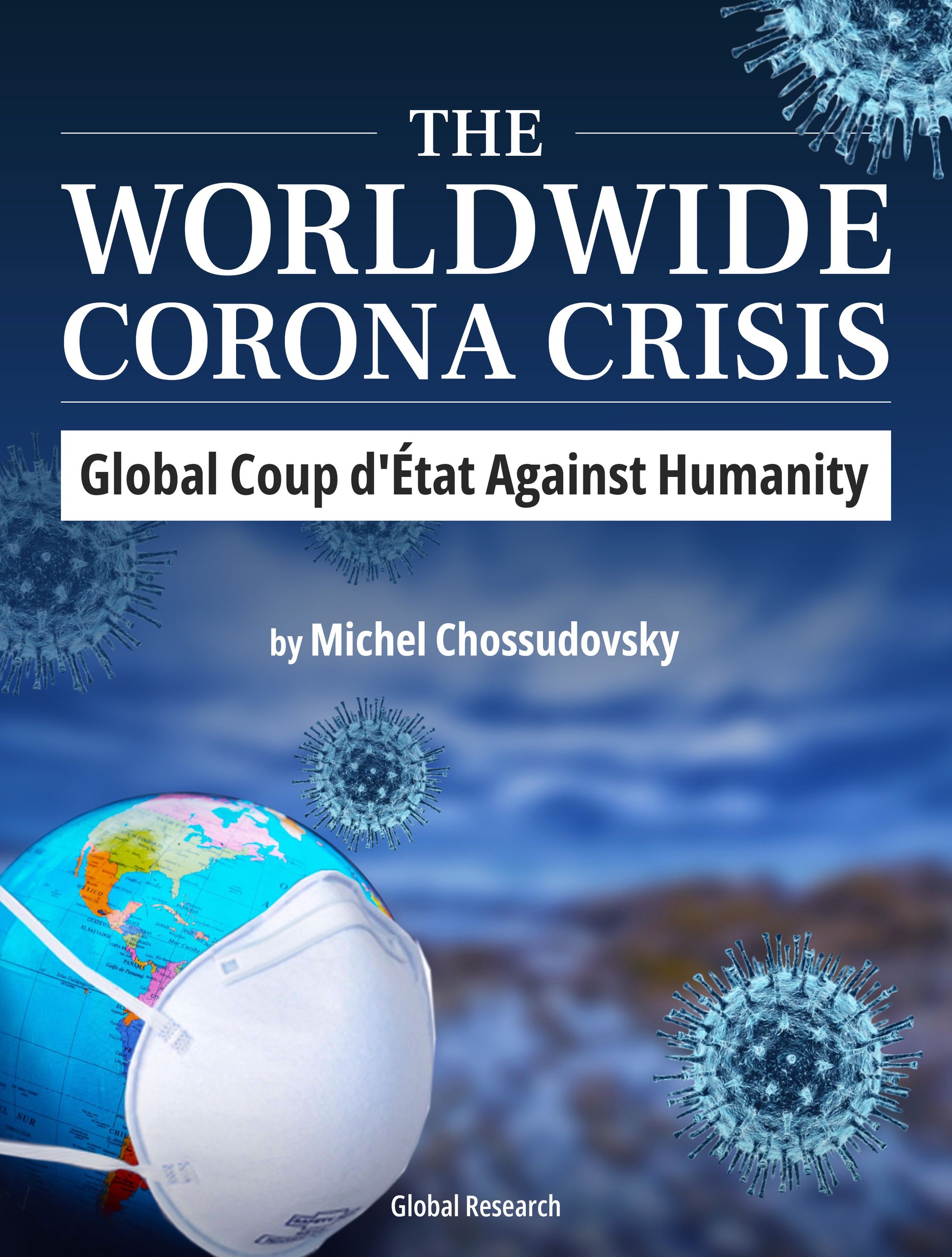 The Worldwide Corona Crisis, Global Coup d’État Against Humanity
The Worldwide Corona Crisis, Global Coup d’État Against Humanity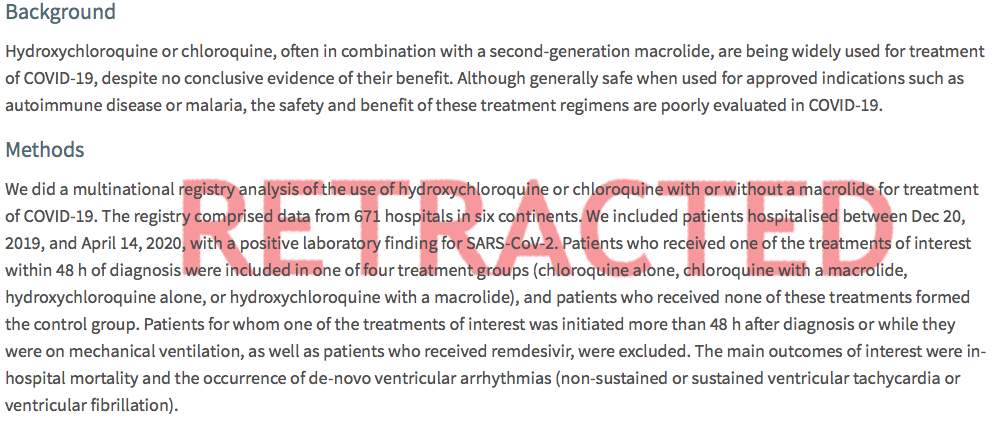

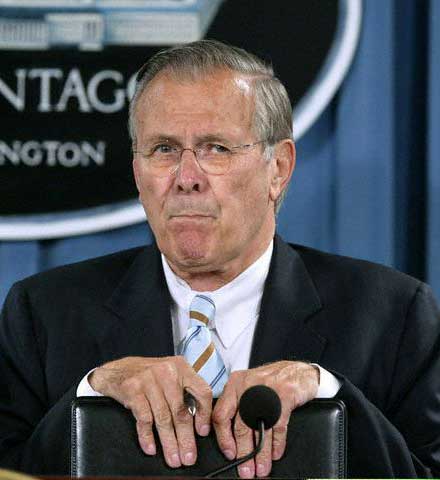
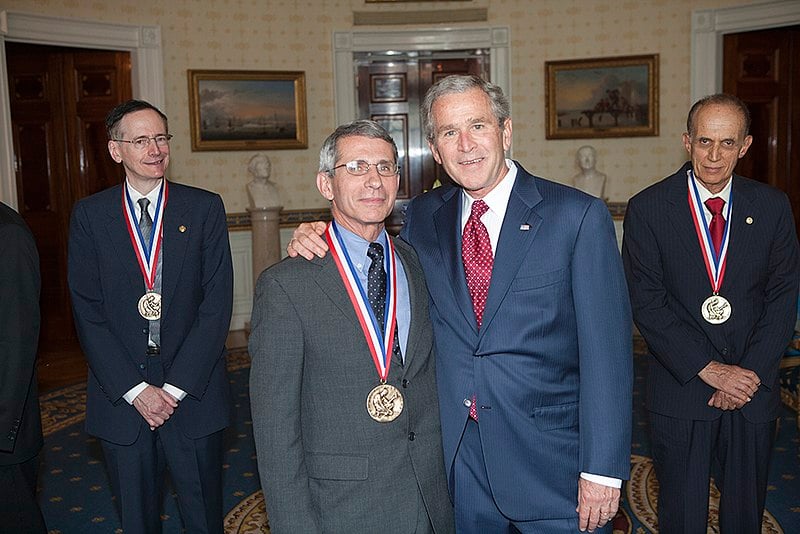



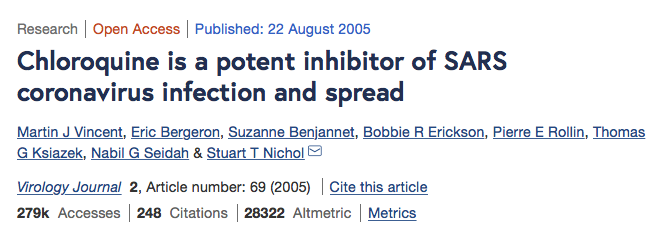
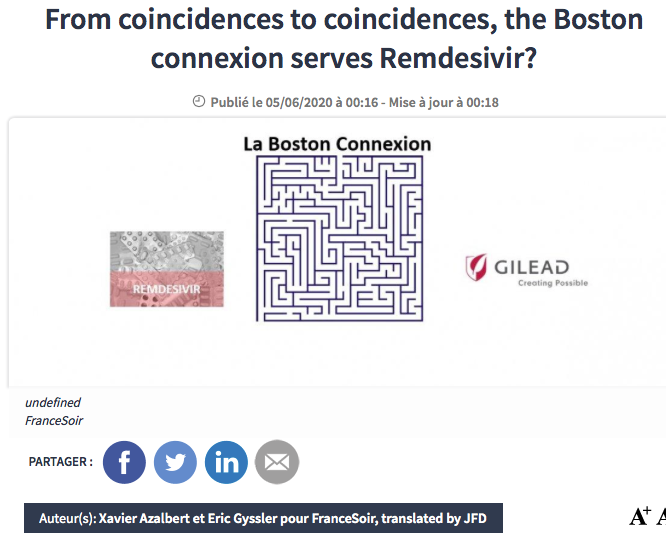
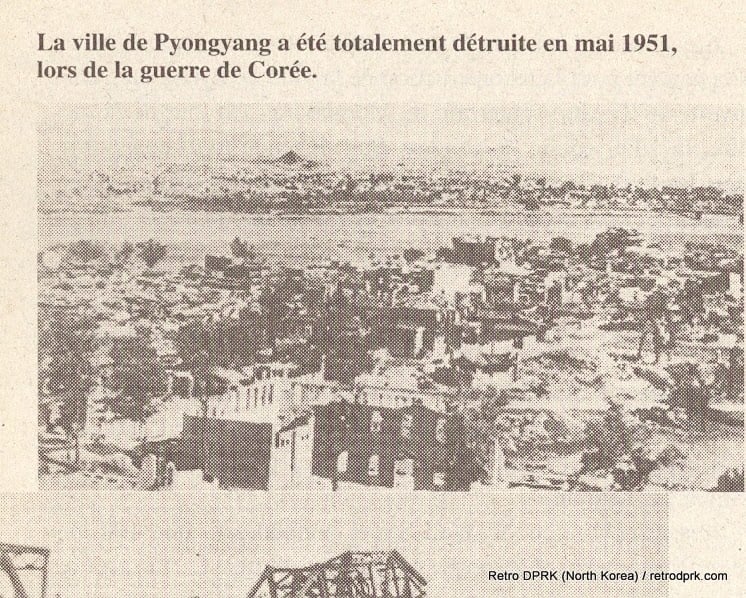




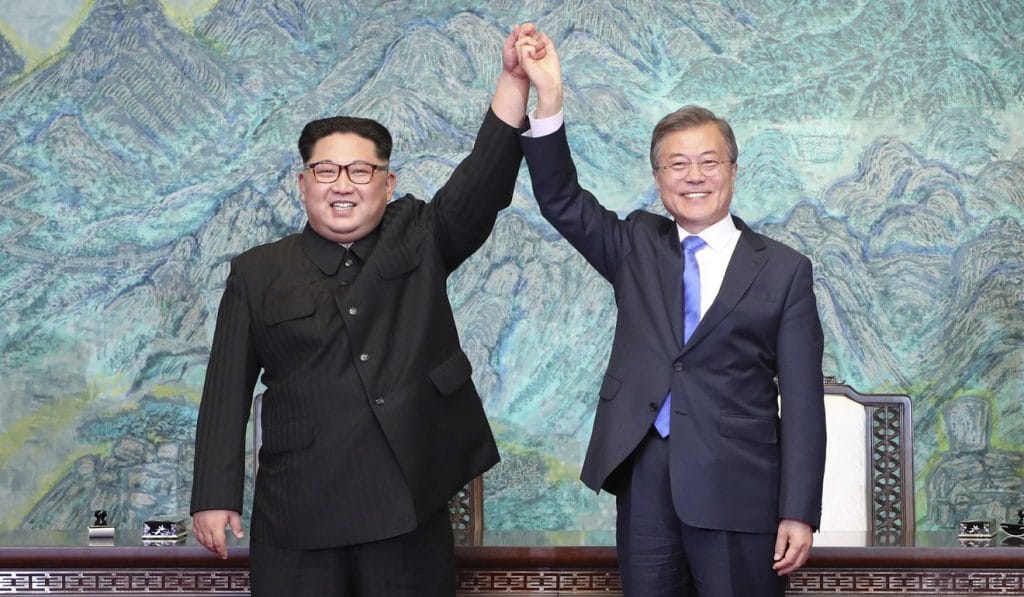
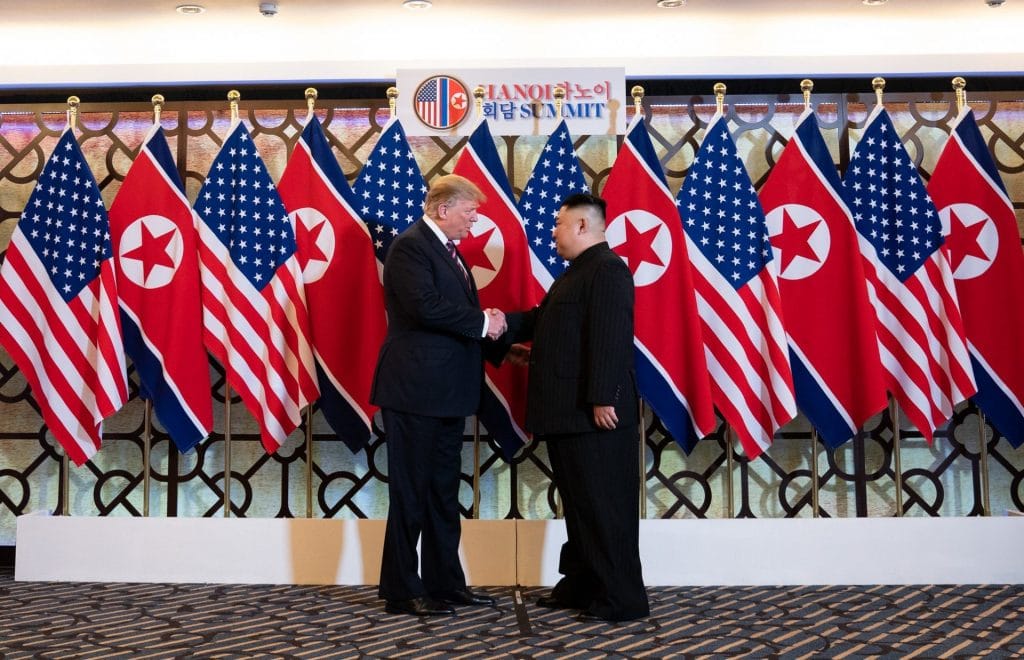
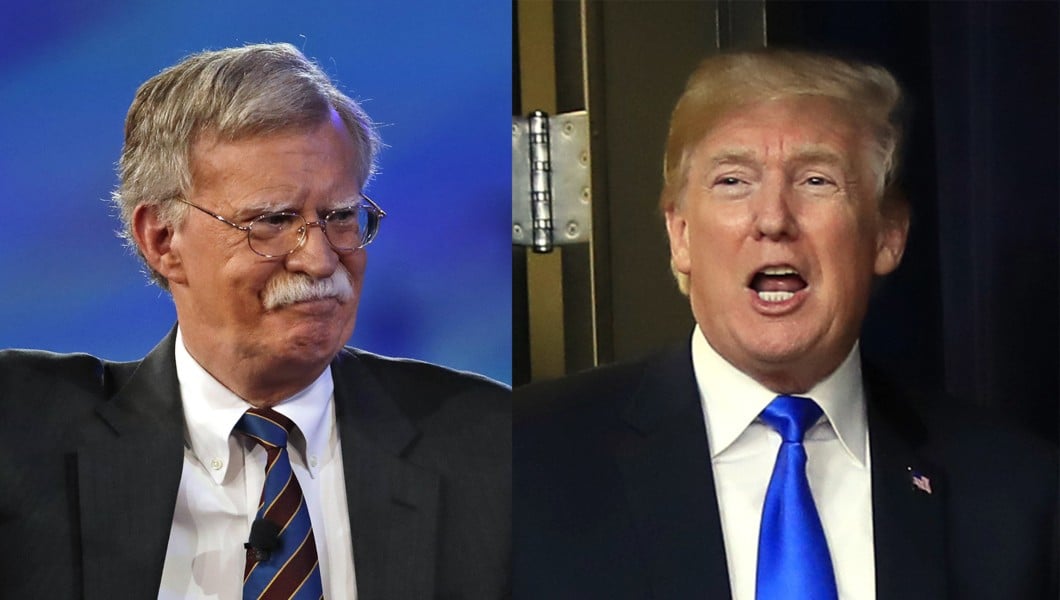

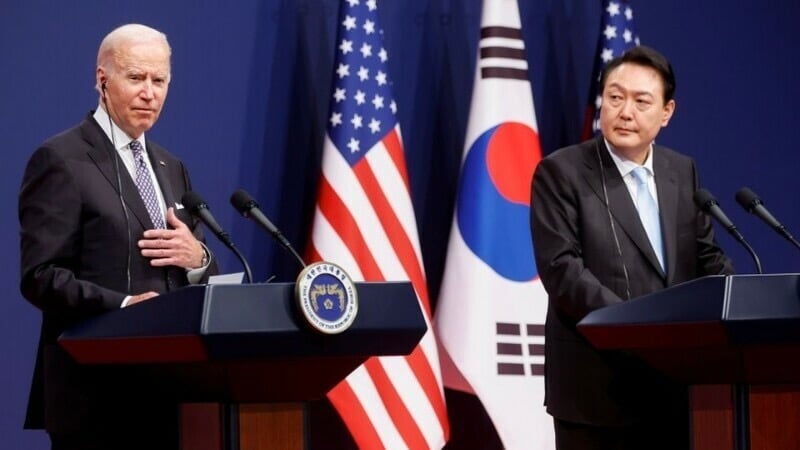

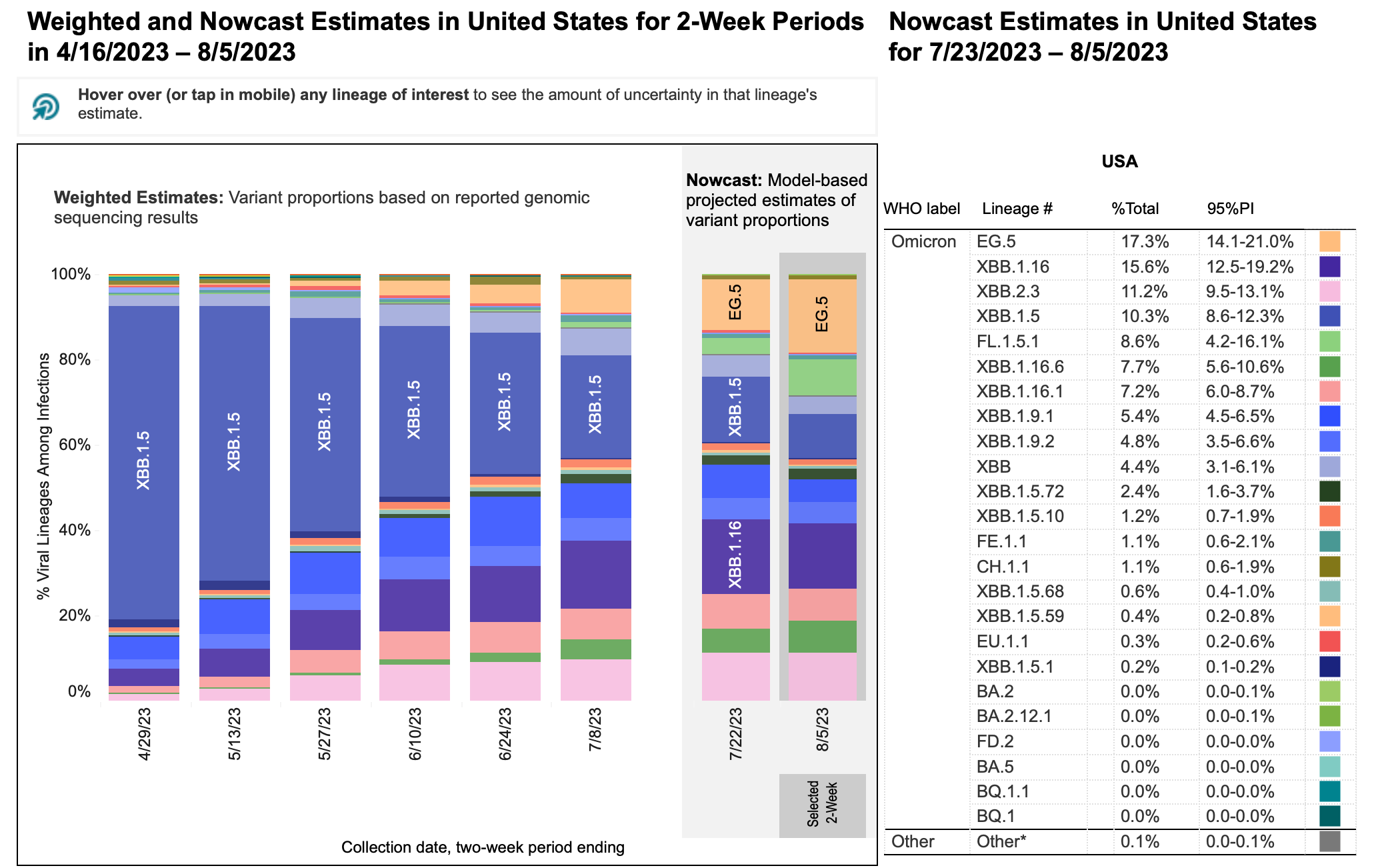
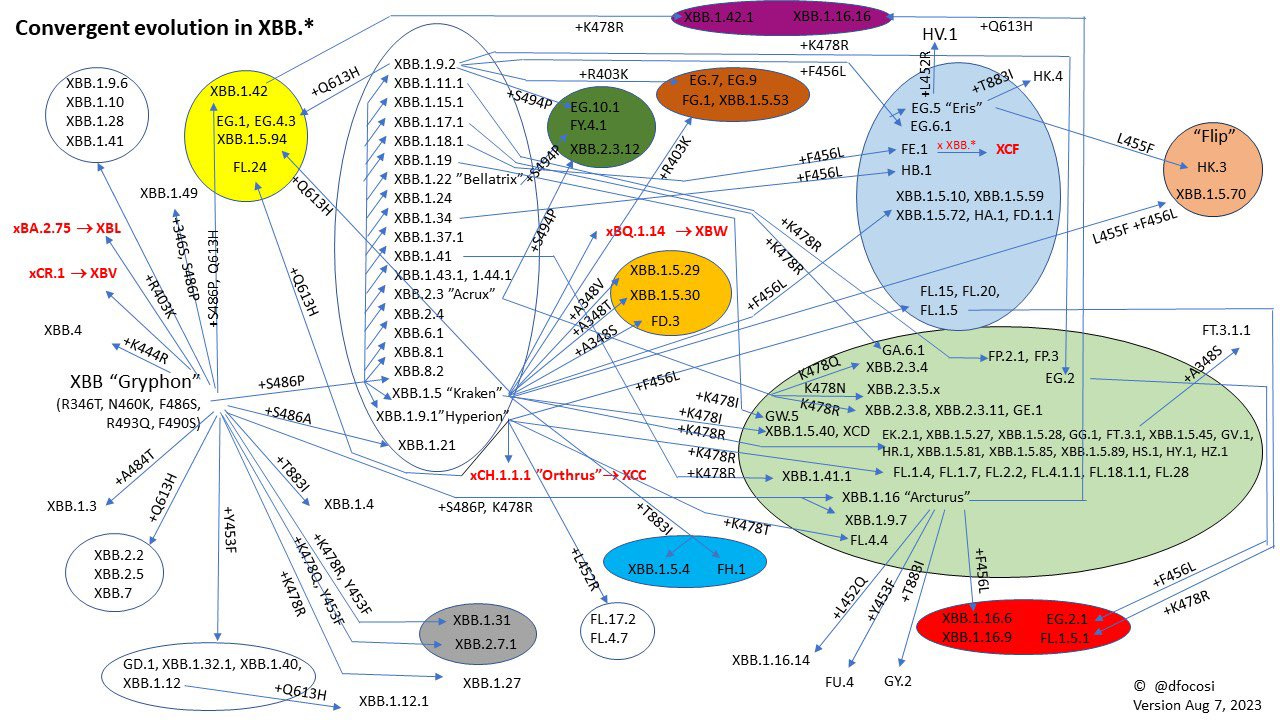

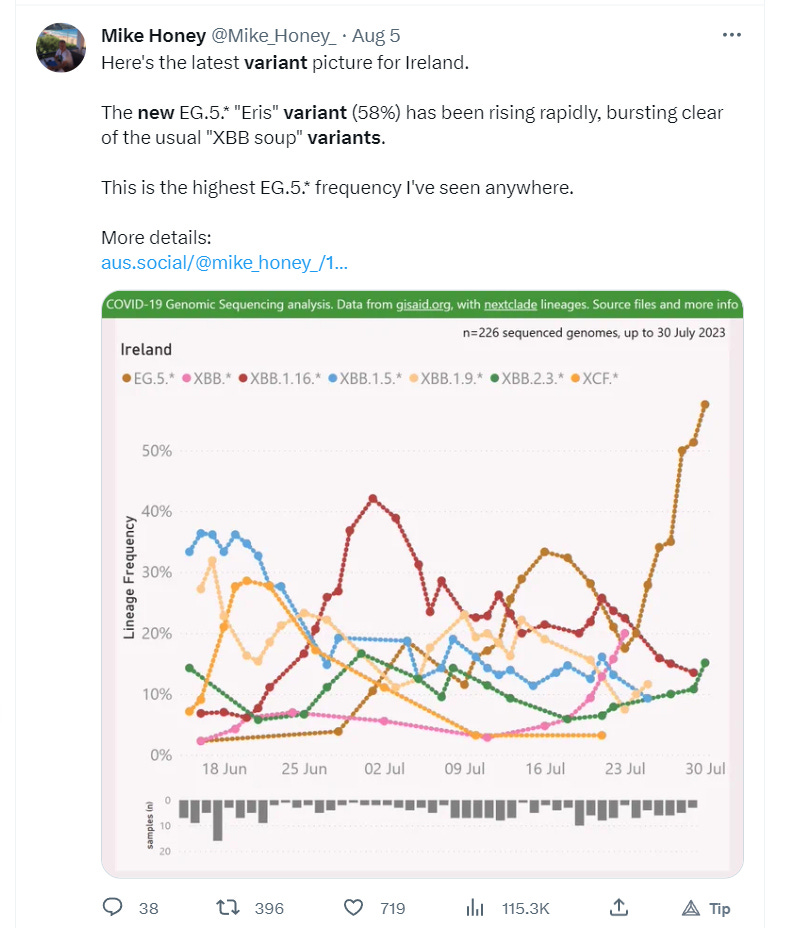





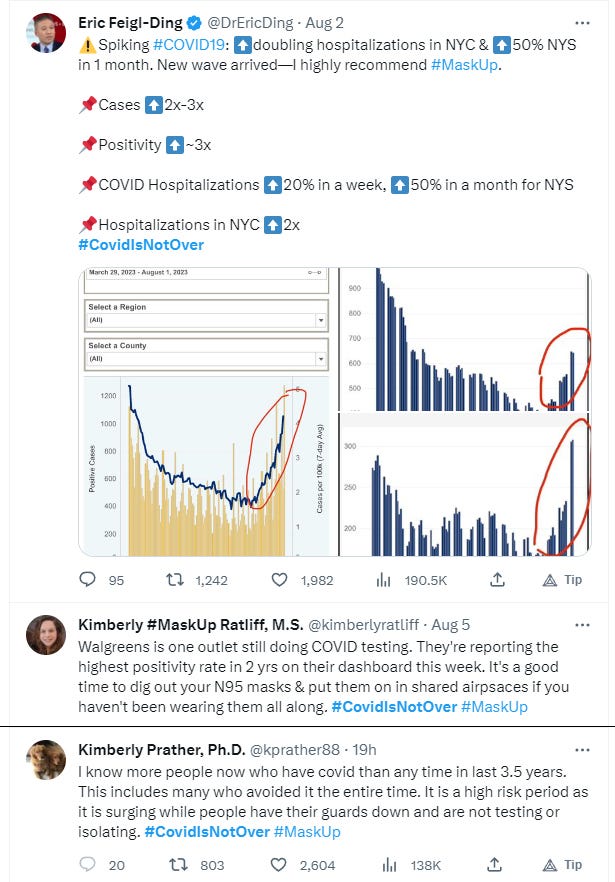
 The Worldwide Corona Crisis, Global Coup d’Etat Against Humanity
The Worldwide Corona Crisis, Global Coup d’Etat Against Humanity